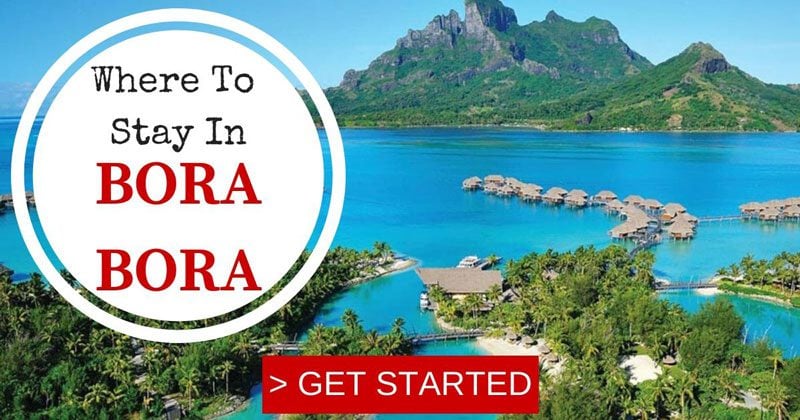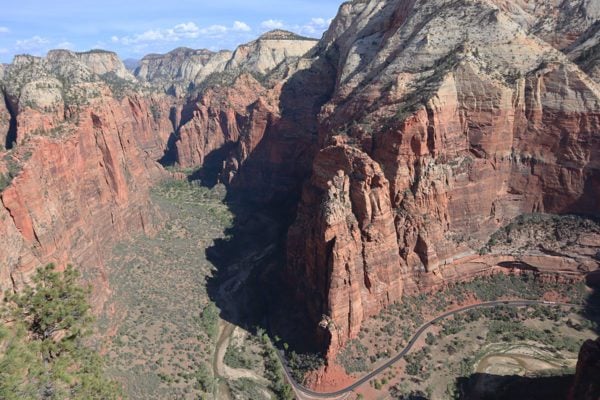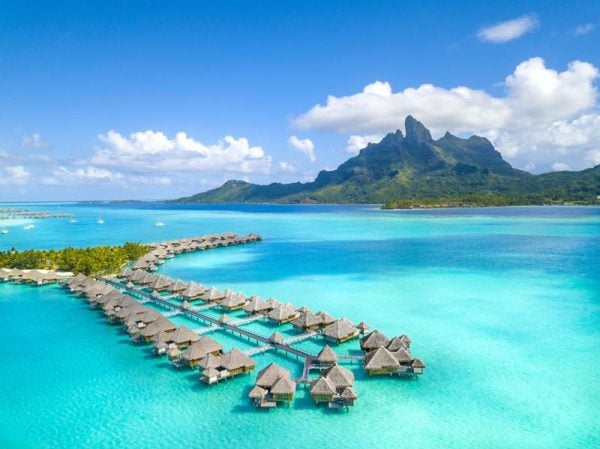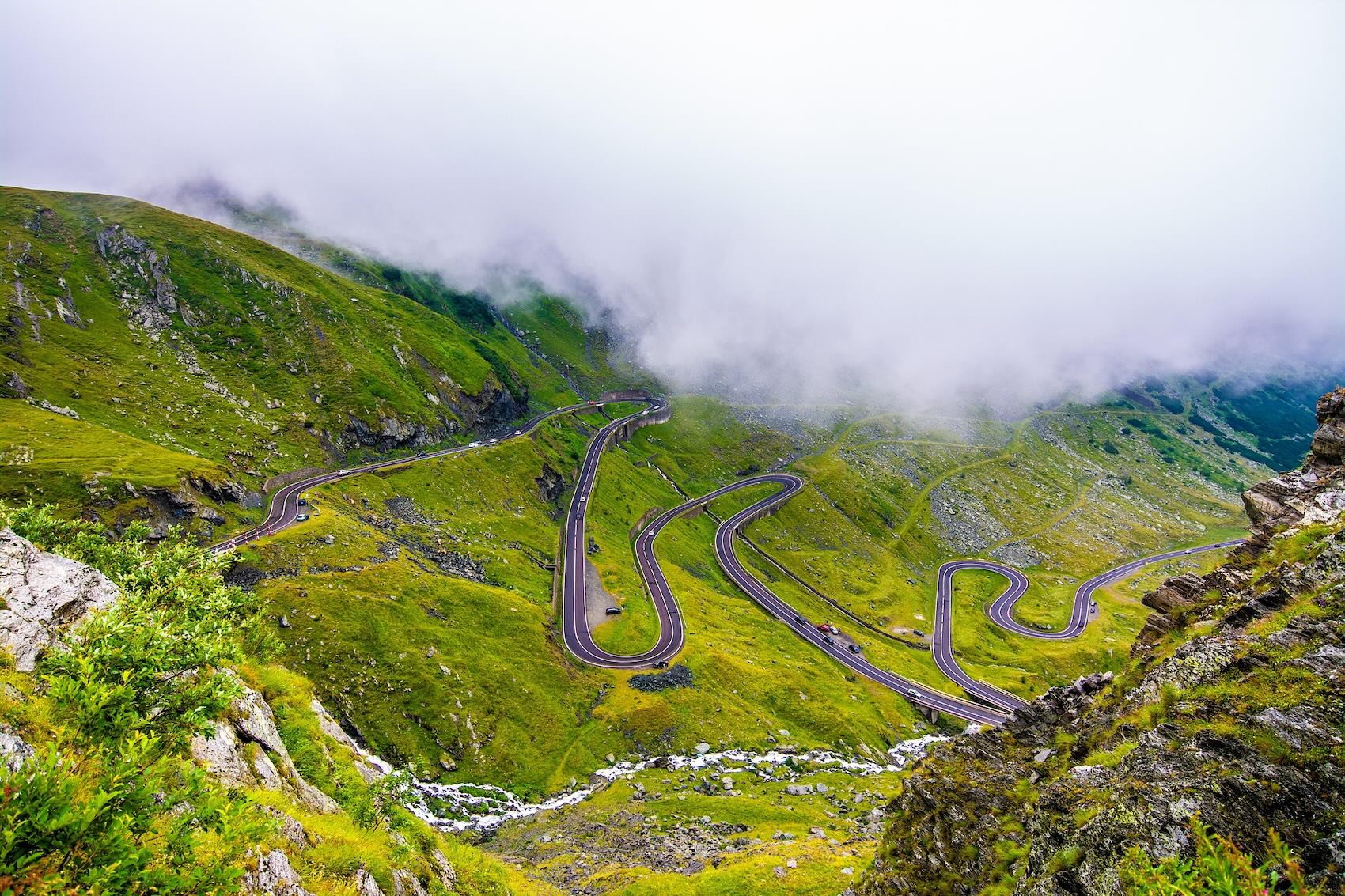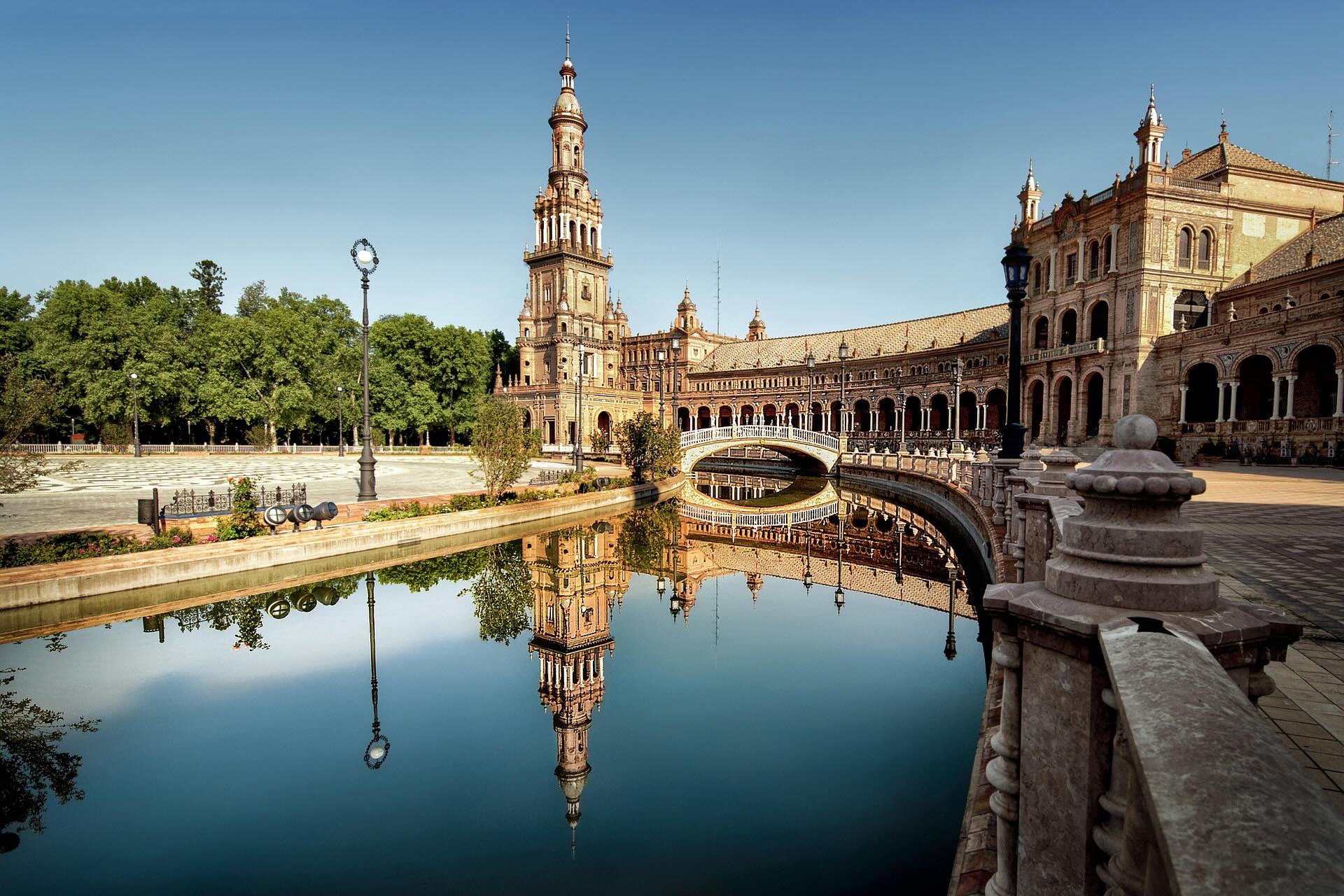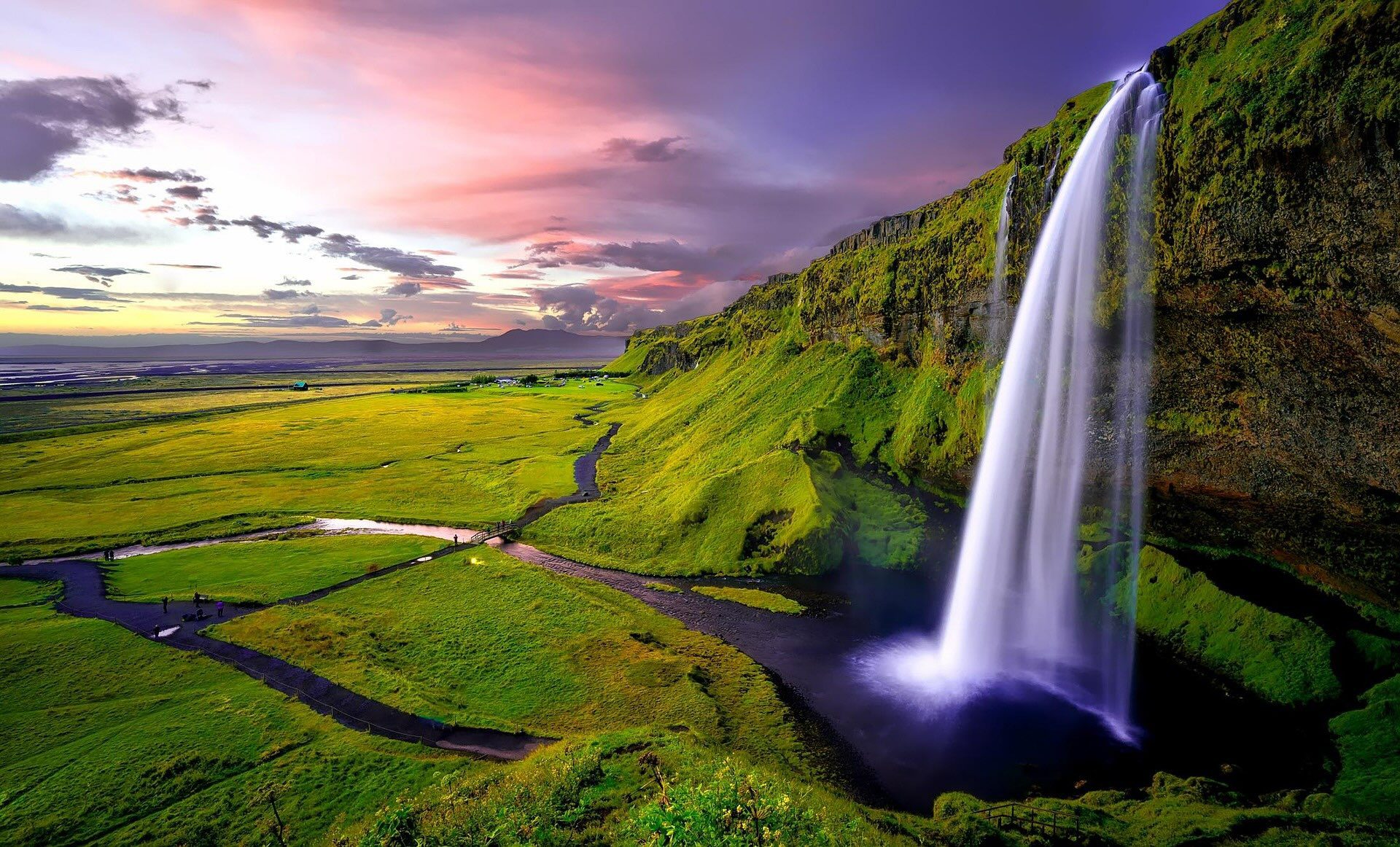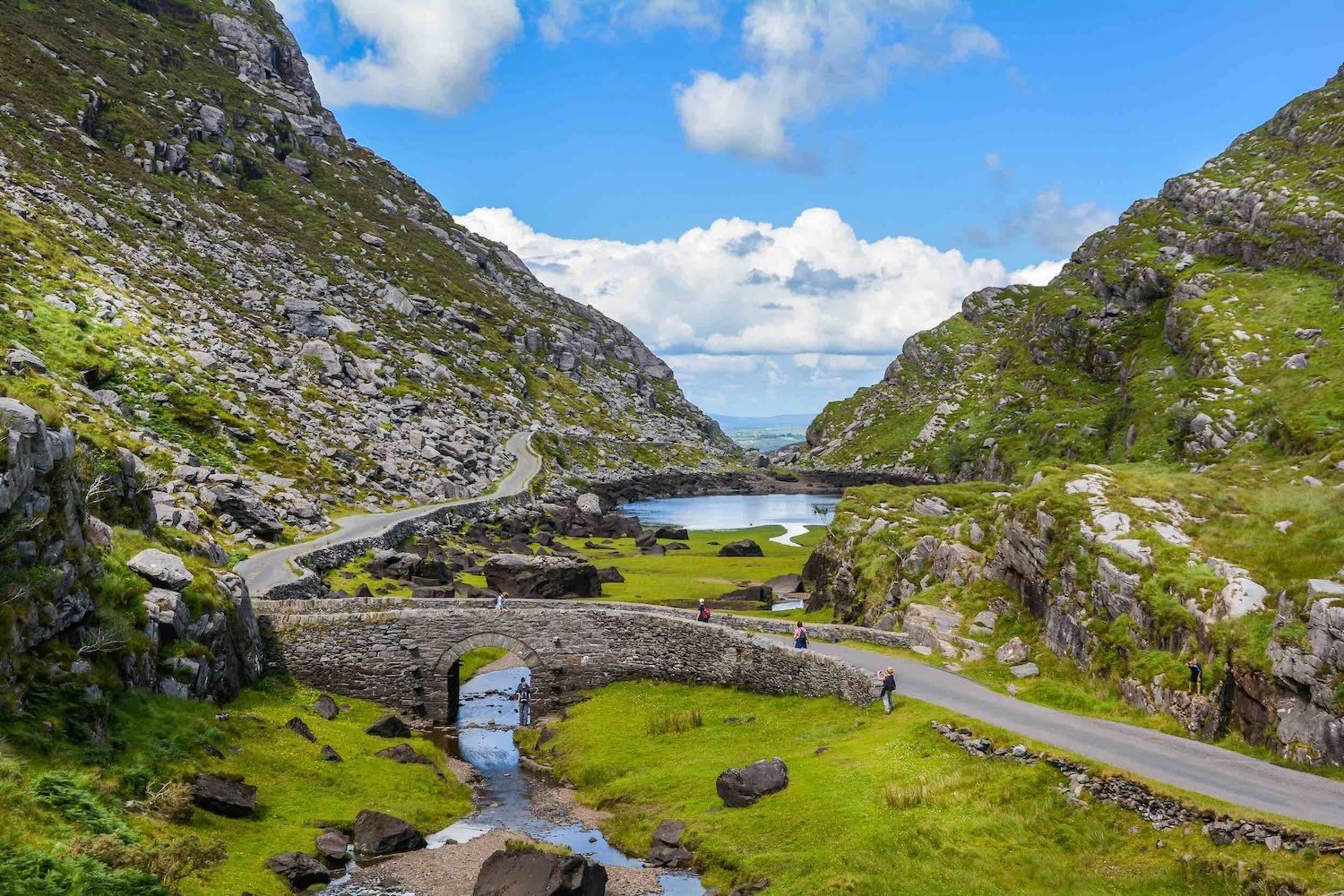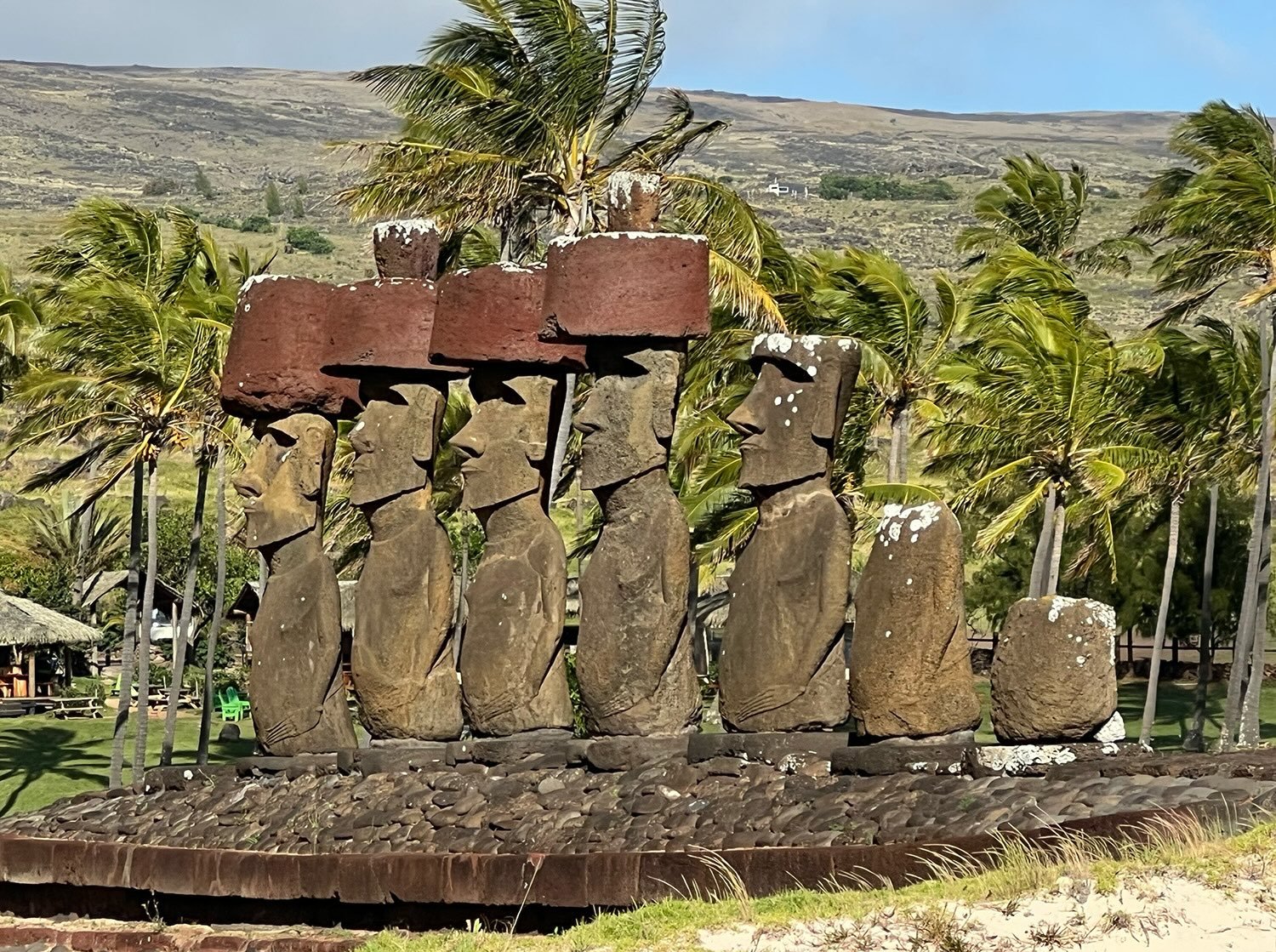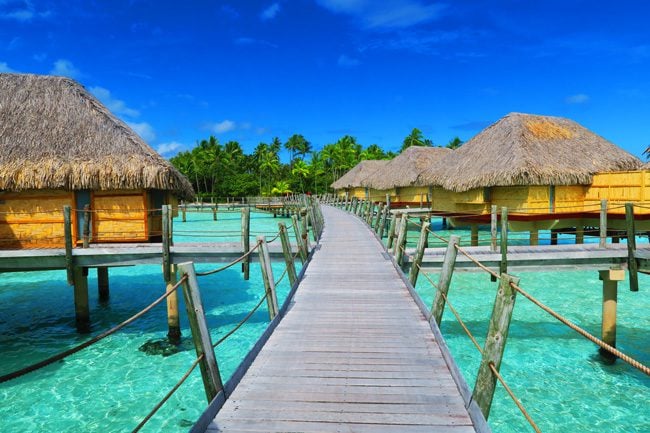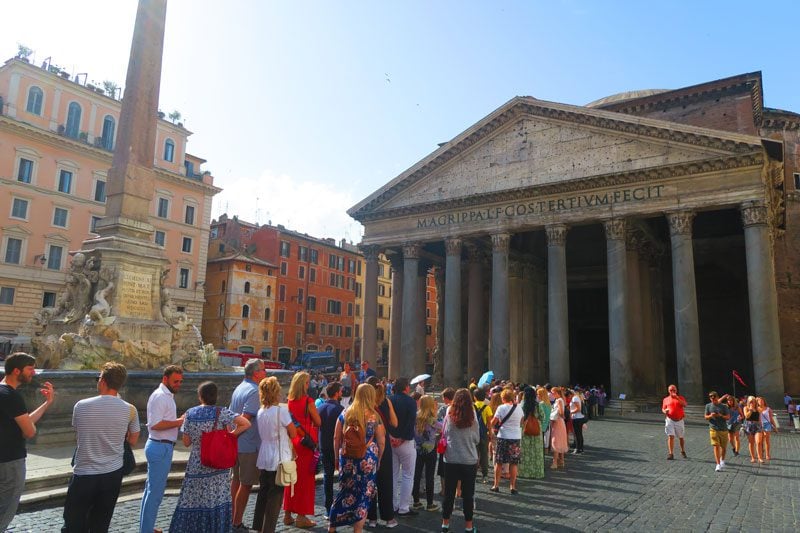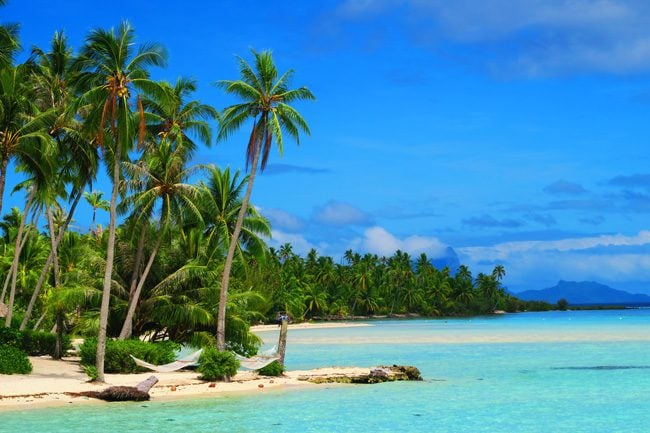10 Days In French Polynesia itinerary
Part 3: Bora Bora or Maupiti (3 Days) / Rangiroa, Fakarava or Tikehau (5 Days)
There are choices to make on the second leg of this 10 days in French Polynesia itinerary. Stay in the Society Islands and choose from laid-back Maupiti or beautiful Bora Bora (Option A). Alternatively, head to the Tuamotu Atolls for some world-class diving and stunning beaches.
Option A: Bora Bora Or Maupiti (3 Days)
This option is a natural extension of your visit to Moorea and continues your journey across the Society Islands archipelago.
Bora Bora
One of the most famous islands in the world, a visit to Bora Bora is a sure way to make your friends jealous. Bora Bora is the most visited island in French Polynesia so that it will feel more crowded and less authentic than other stops on your adventure. The island’s topography is stunning: a beautifully sculpted high island surrounded by a lagoon three times the size of the main island itself.
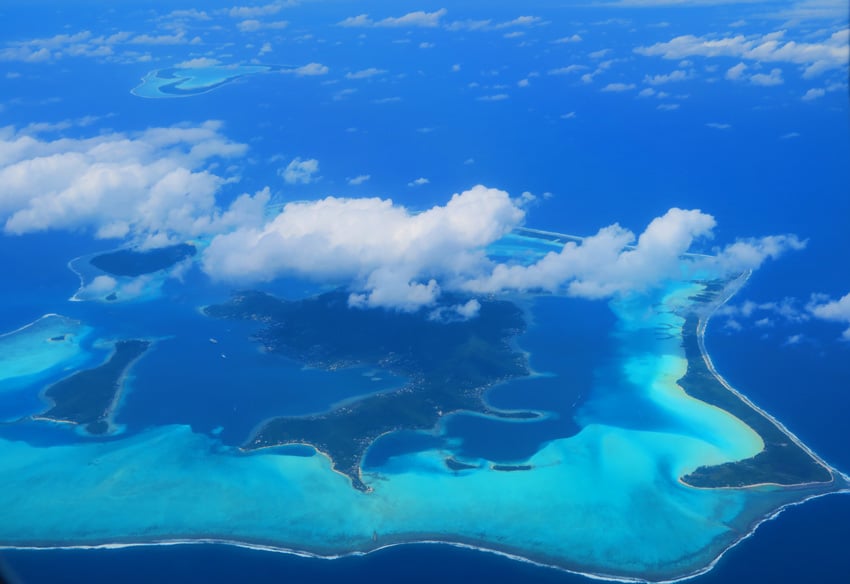
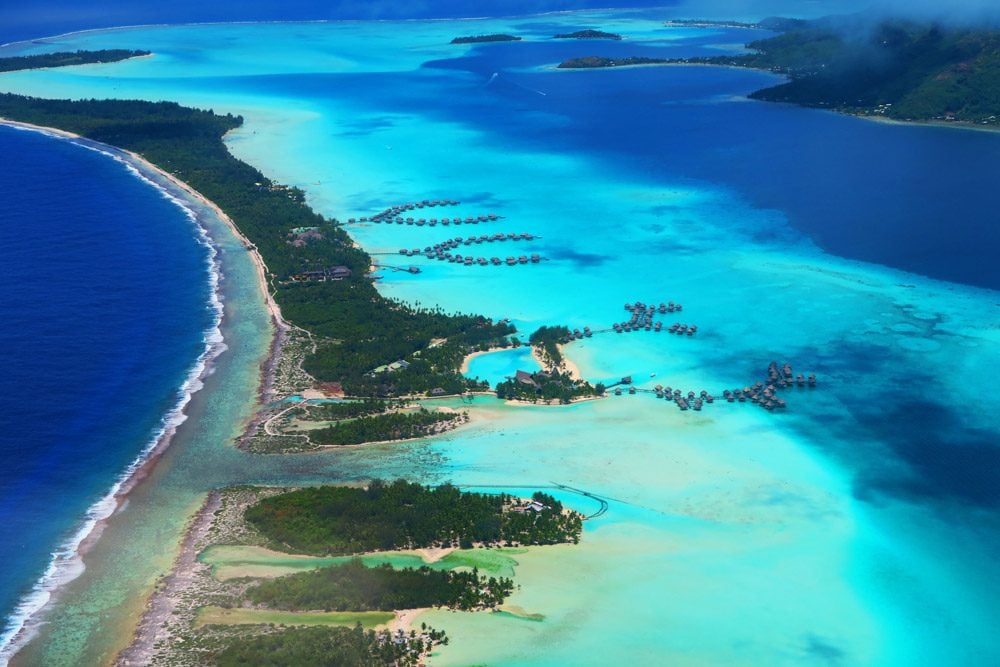
Where to Stay in Bora Bora?
This could literally be the million-dollar question. Jokes aside, choosing where to stay in Bora Bora could make or break your experience. Why? You likely have this perfect vision of Bora Bora in your mind, so it’s key to understand the ins and outs of Bora Bora’s accommodation scene to avoid disappointment. This is such a key decision that I’ve written a special guide precisely on this topic.
Sightseeing in Bora Bora
If you’re going to stay at a luxury resort on the islets at the edge of the barrier reef, you’ll probably not want to leave the resort until the flight to the next island. However, if you are staying on the main island or want to explore Bora Bora, there are infinite excursions and thrills to choose from.
On land, complete the 32-kilometer tour around the island using a rented car/scooter or on a guided tour. Dedicate most of your time to Fitiuu Point, an elevated peninsula with panoramic views of Mount Otemanu and the lagoon, WWII canons, and a private beach that’s good for snorkeling. In addition, spend some time in Matira Beach, the best beach on the main island.

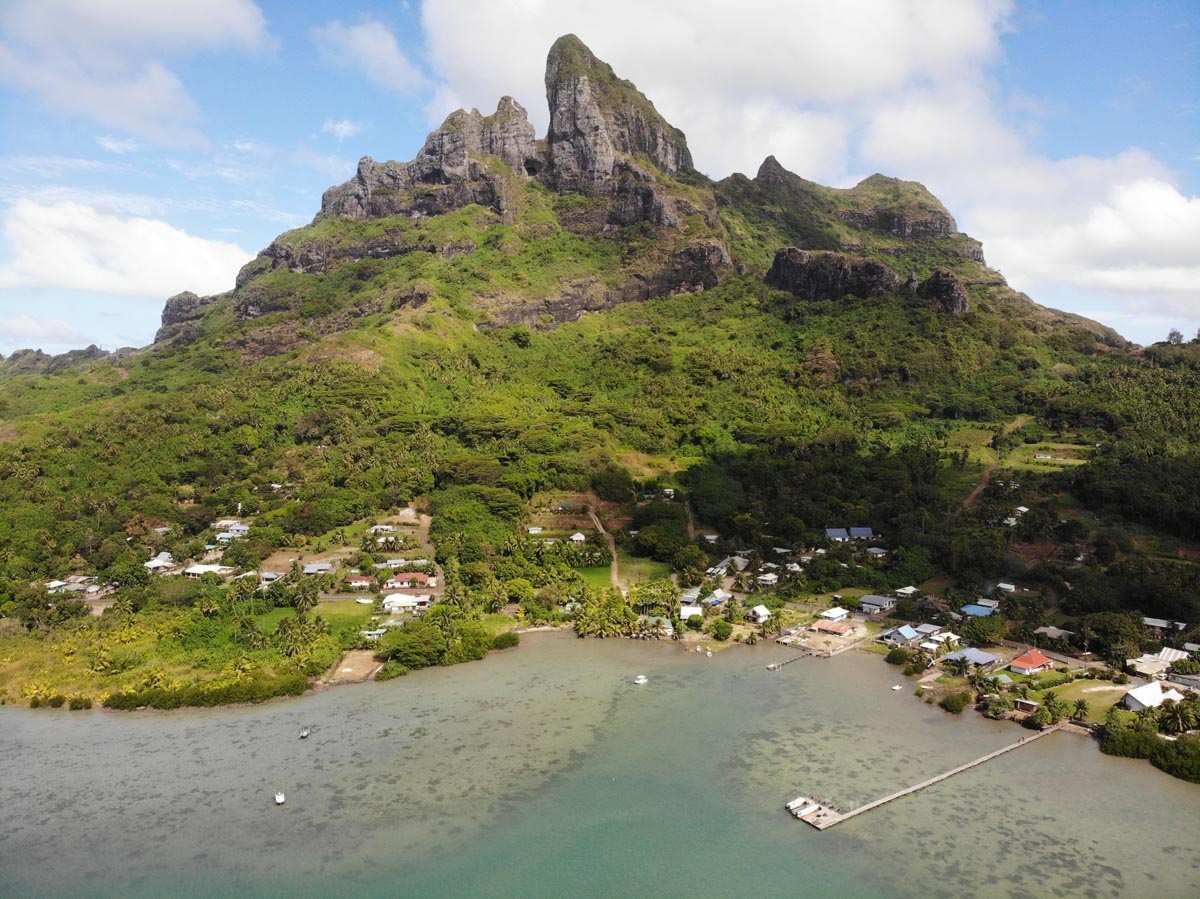
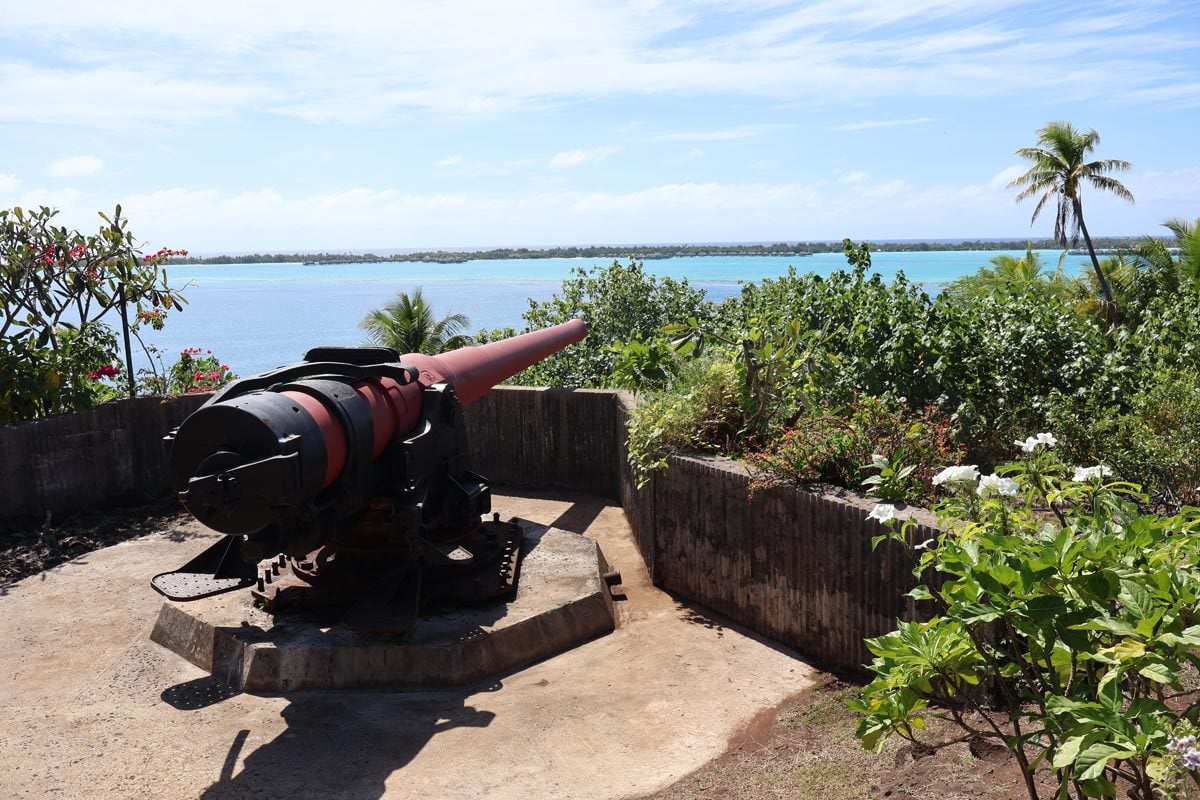
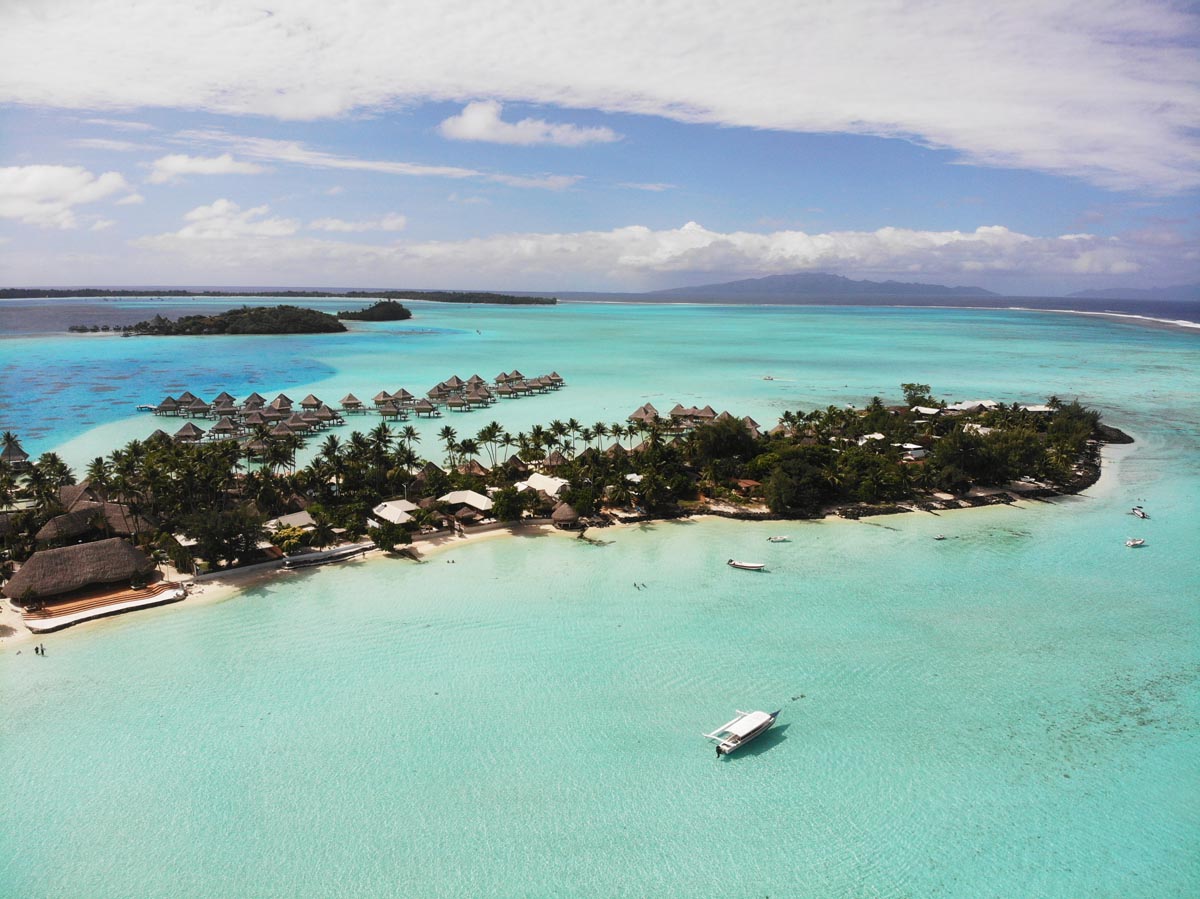
On the lagoon front, don’t miss exploring Bora Bora’s stunning lagoon. Once again, options for exploring Bora Bora’s lagoon are infinite, including classic lagoon tours (half-day or full-day tours including a BBQ lunch), jet ski tours, and other unique marine experiences. Expect to meet nurse sharks, feed stingrays, snorkel in a coral garden, and have close-up views of the island’s top resort.
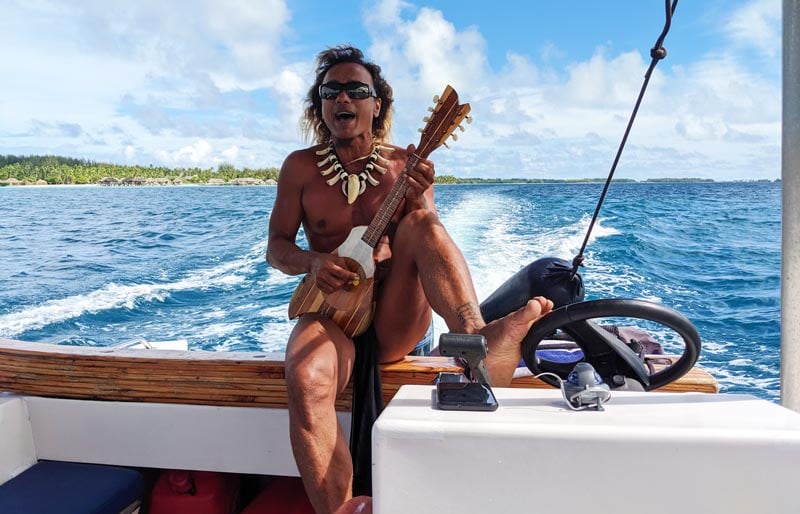
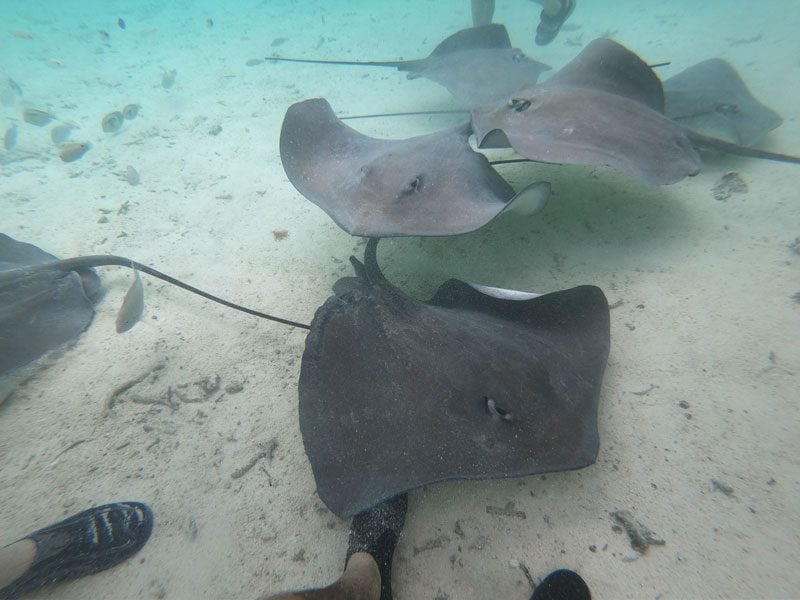
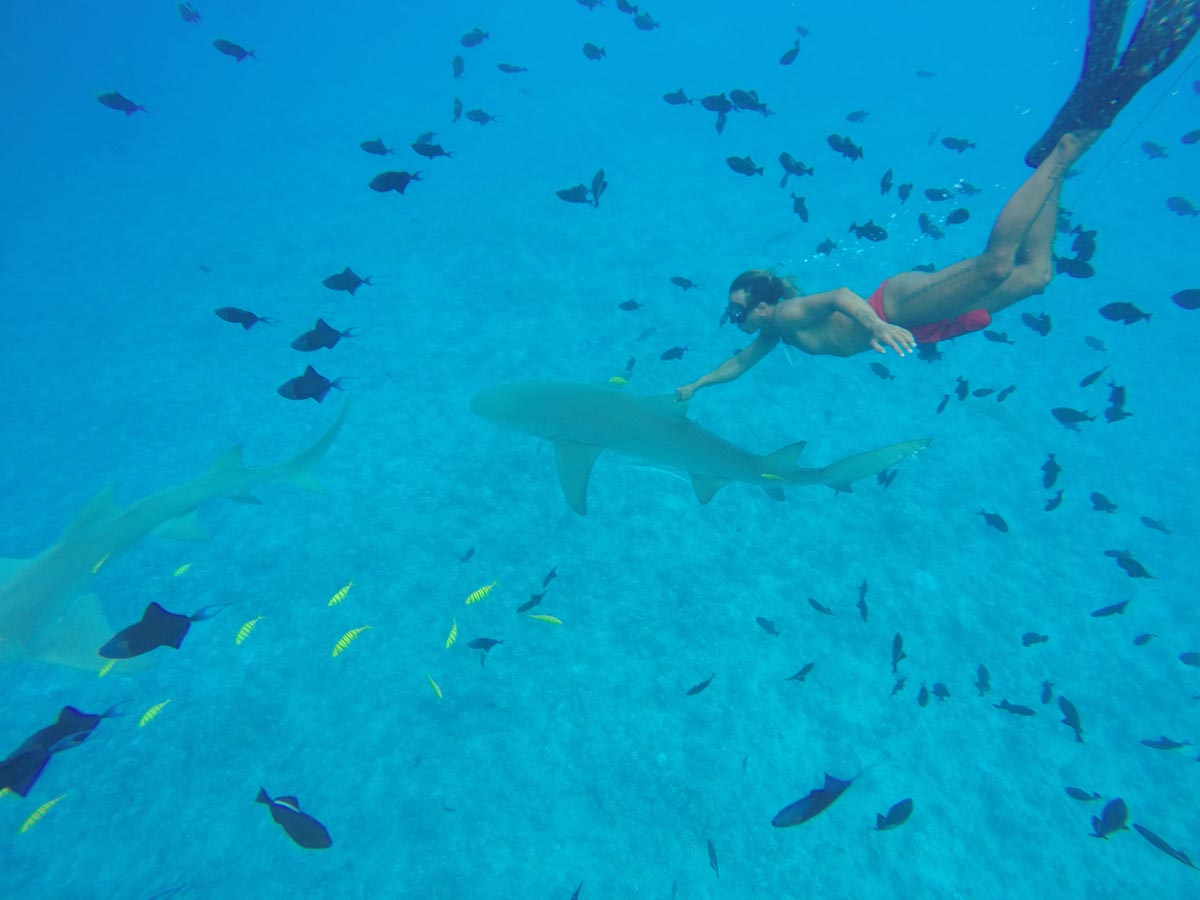
Maupiti
The island of Maupiti lies just a few kilometers from Bora Bora but the experience here could not be any different. Many years ago, Maupiti’s few residents decided to keep their authentic and laid-nack way of life while welcoming like-minded tourists. That’s why there are no resorts or hotels on the island, just family-owned pensions and no stress.
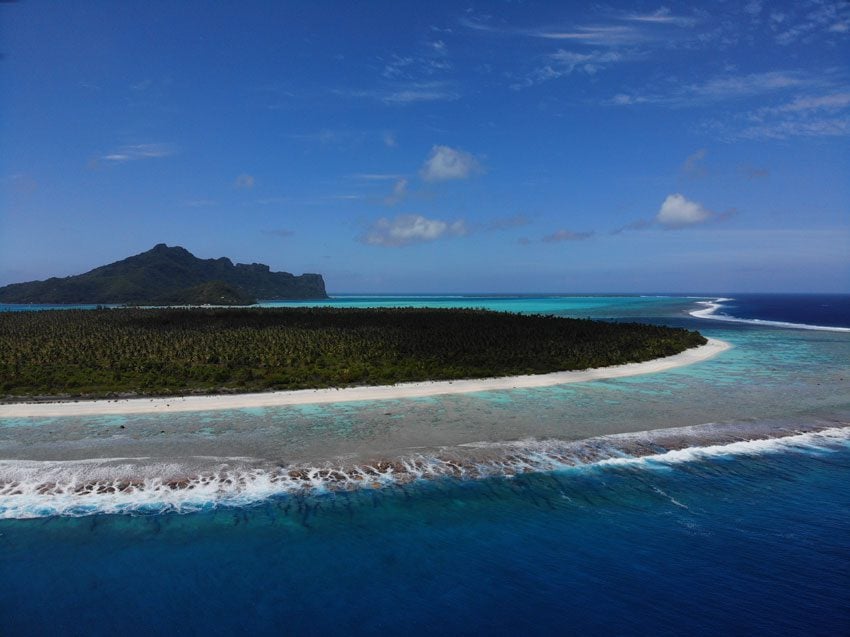
Where to Stay in Maupiti
Like on Bora Bora, choose to stay in Maupiti on the main island or the islets at the edge of the barrier reef (motu). On the main island, stay at Maupiti Residence, Pension Tereia, Pension Espace Beach, and Pension Tautiare Village, the friendly pension I keep returning to every visit to Maupiti. On the dream-looking motus floating at the edge of the barrier reef, stay at Pension Papahani. Pension Le Kuriri, or Pension Maupiti Holiday.

Sightseeing in Maupiti
The beautiful thing about Maupiti is that it’s small enough to be explored on foot or bicycle. Spend at least one full day circling the island slowly. Along the way, hike to the summit of Mount Teurafaatiu, one of the best hikes in French Polynesia, and wrap up the day at relaxing Tereia Beach, the best beach on the main island. On the following days, join a lagoon tour and get to know the resident manta rays, and cross the lagoon on foot to spend the day on dreamy Motu Auira.
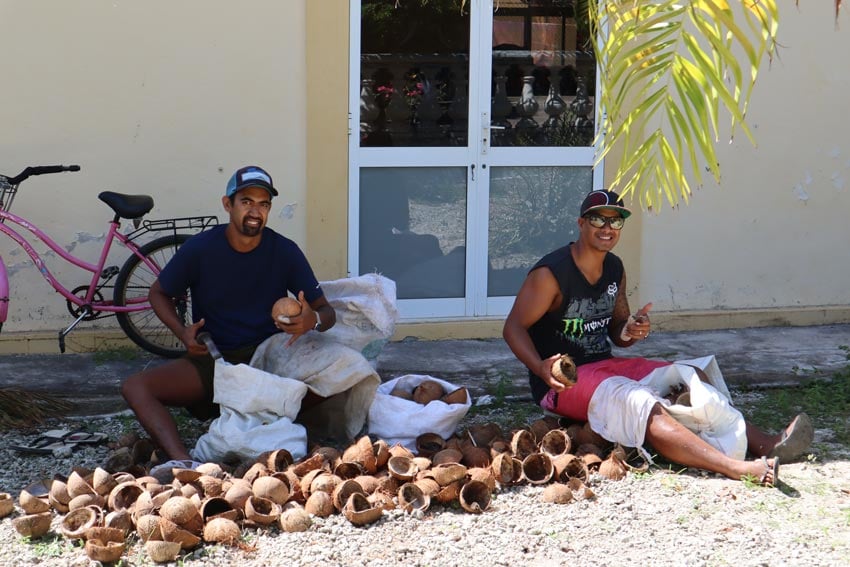
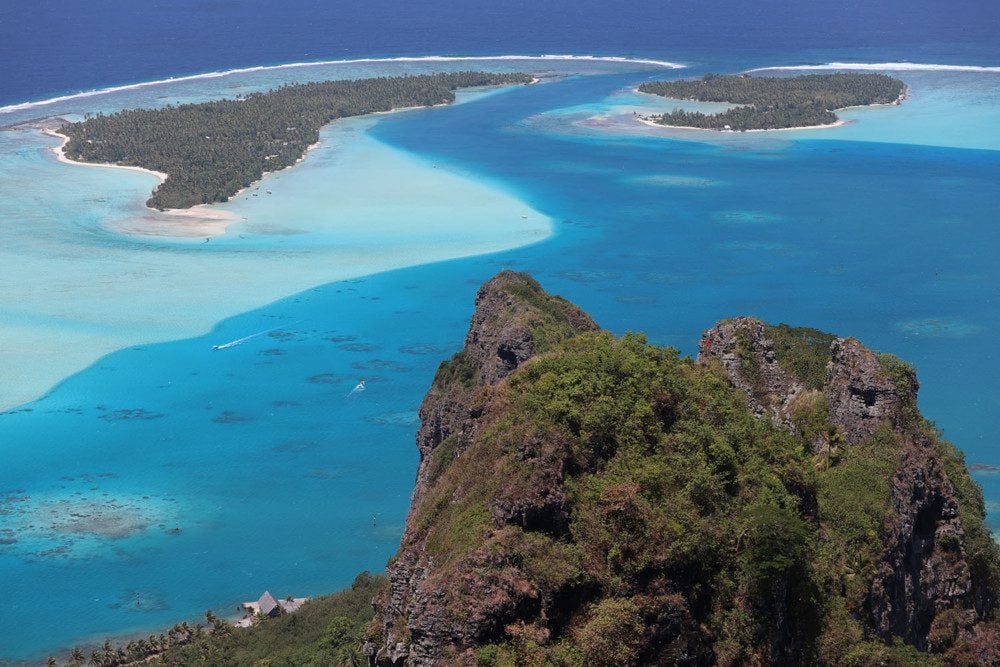
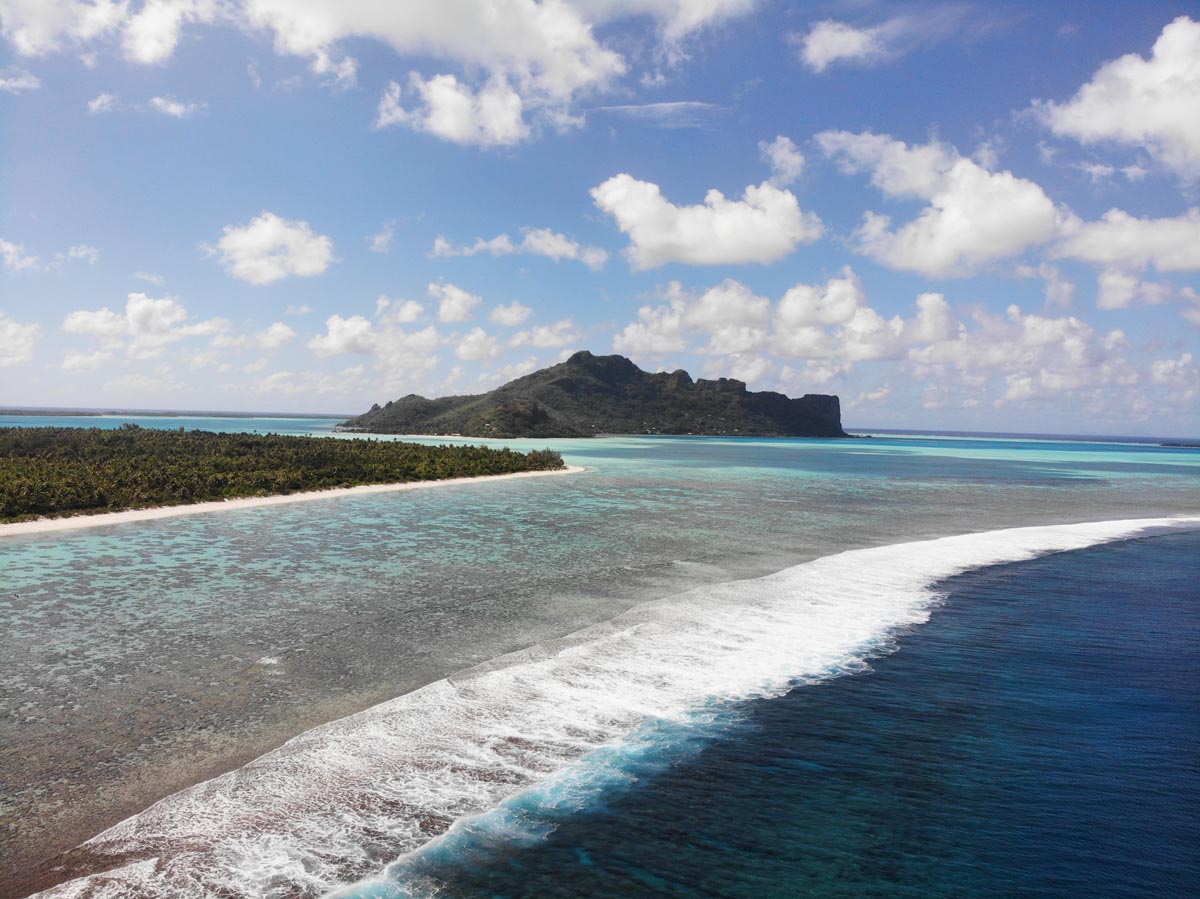
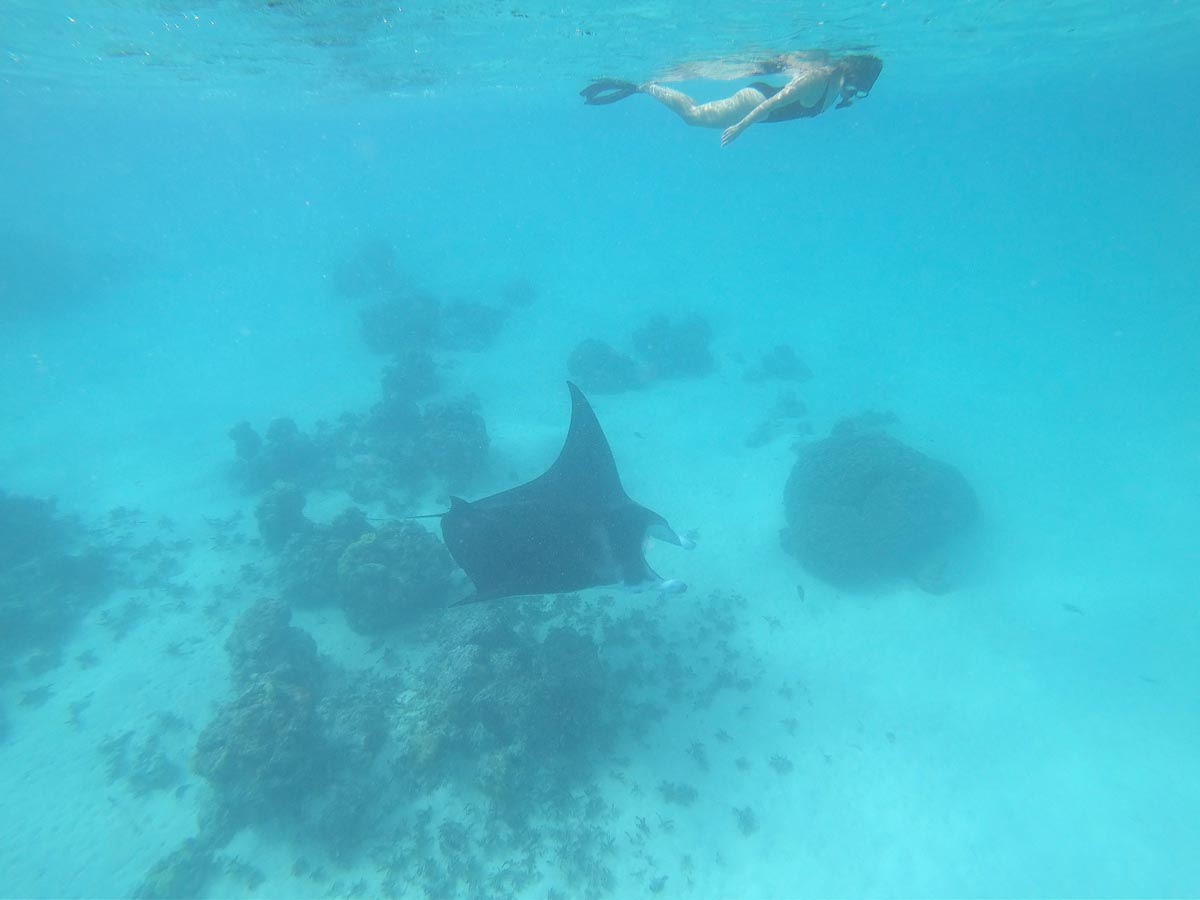
Here’s a sample itinerary for Maupiti from which you can choose your own favorite days, along with a list of the top things to do in Maupiti.
Option B: Rangiroa, Fakarava or Tikehau (5 Days)
This option is especially appealing if you scuba dive or searching for the perfect beach. The Tuamotu Atolls form the longest chain of coral atolls in the world. The sparsely populated atolls are a scuba diver’s paradise. Theoretically, you could split these five days between two atolls, but I strongly recommend choosing the right atoll and taking it slow.
Rangiroa
Known as the ‘infinite lagoon,’ Rangiroa is the world’s second-largest coral atoll. It’s one of those destinations on every serious diver’s bucket list, but even non-divers will enjoy their time on the island thanks to endless snorkeling opportunities and memorable excursions.
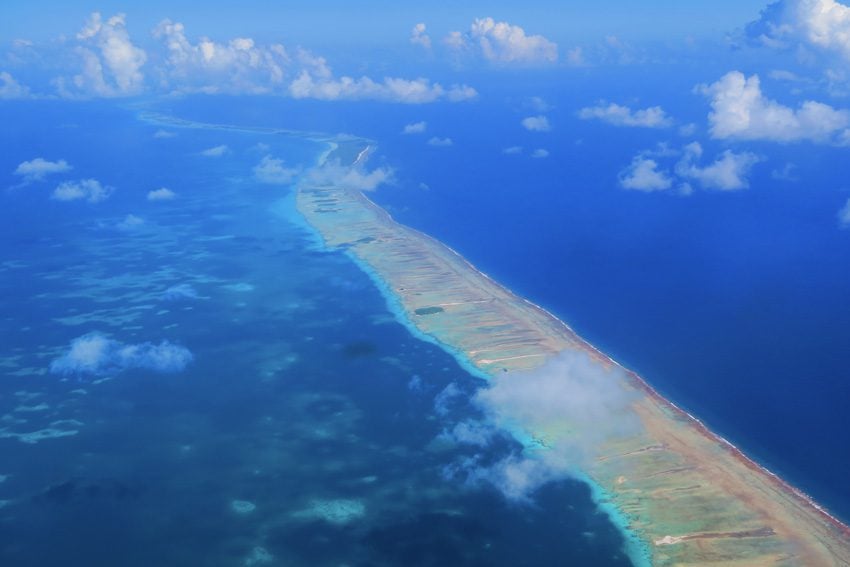
Where to stay in Rangiroa
Rangiroa is the most visited atoll in French Polynesia, so there are relatively many accommodations. The Kia Ora is the best hotel on the island, followed by Maitai Rangiroa. On the pensions front, the upscale Le Relais de Josephine offers great views, followed by Le Coconut Lodge. Simpler but excellent options include Va’a i Te Moana, Pension Cecile, and Pension Tapuheitini. For a budget stay, look towards Pension Teina & Marie.
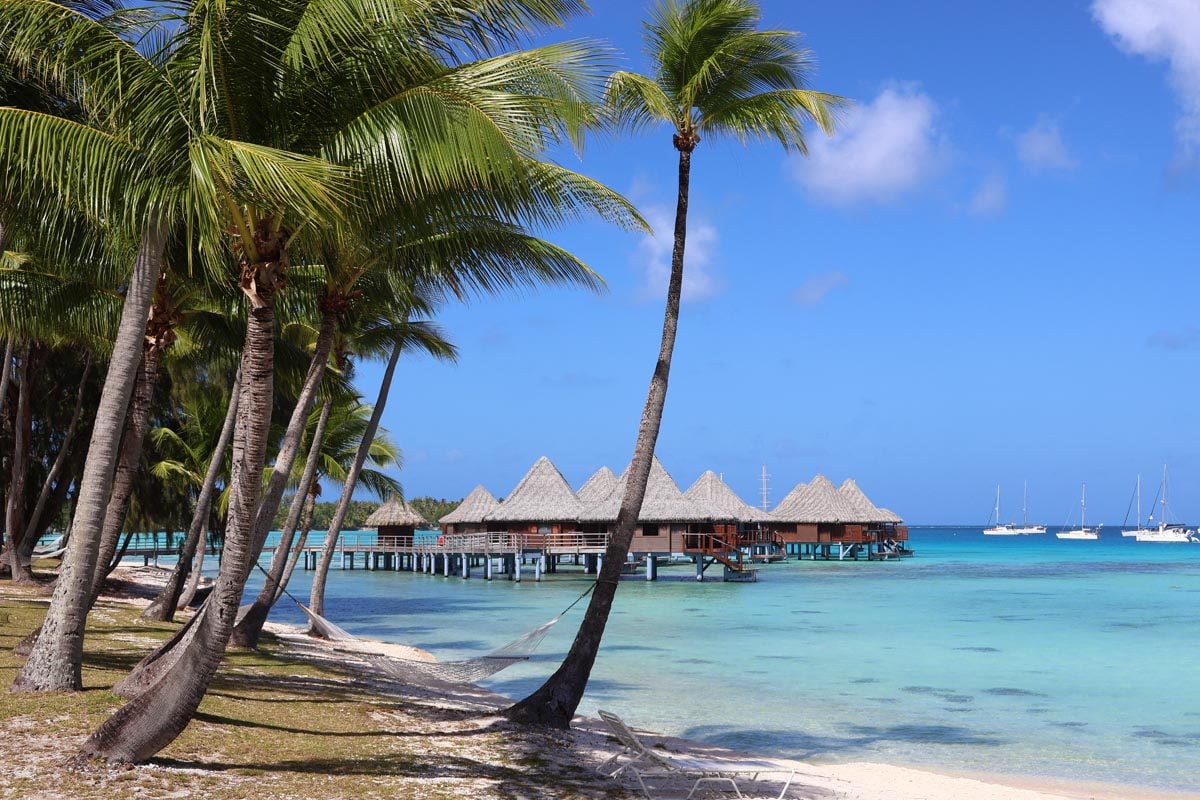
Sightseeing in Rangiroa
The prime reason for visiting Rangiroa is to see what lies beneath the waves. On the scuba diving front, head to the Tiputa Pass or Avatoru Pass to spot dolphins, sharks, turtles, and lots of other surprises. For snorkeling, jump into the water just about anywhere or join a quick excursion to the “Aquarium”. When you’re not diving, snorkeling, or exploring the main island on a bicycle, book an excursion to the Blue Lagoon and Reef Island. These are two of the best beaches in French Polynesia, where you’ll spend the day like Robinson Crusoe.
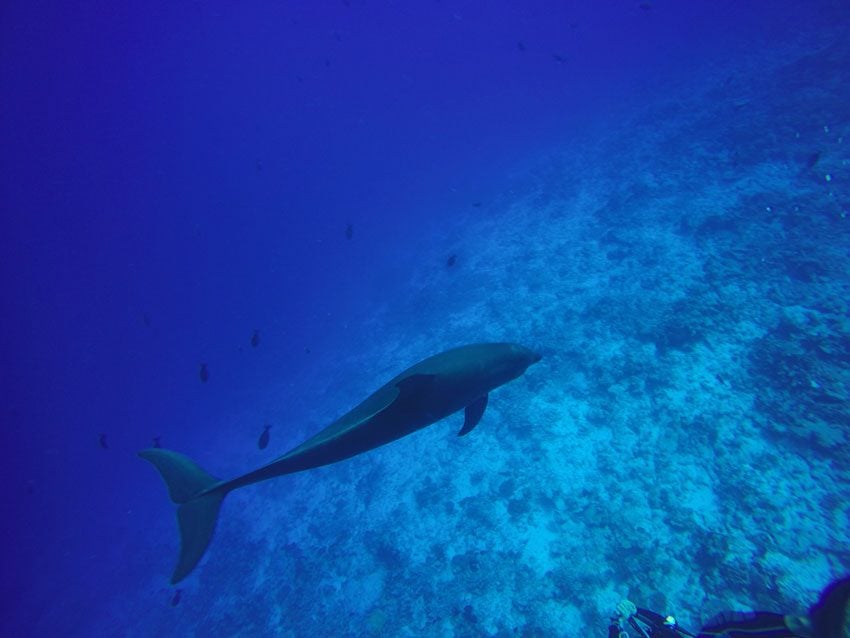
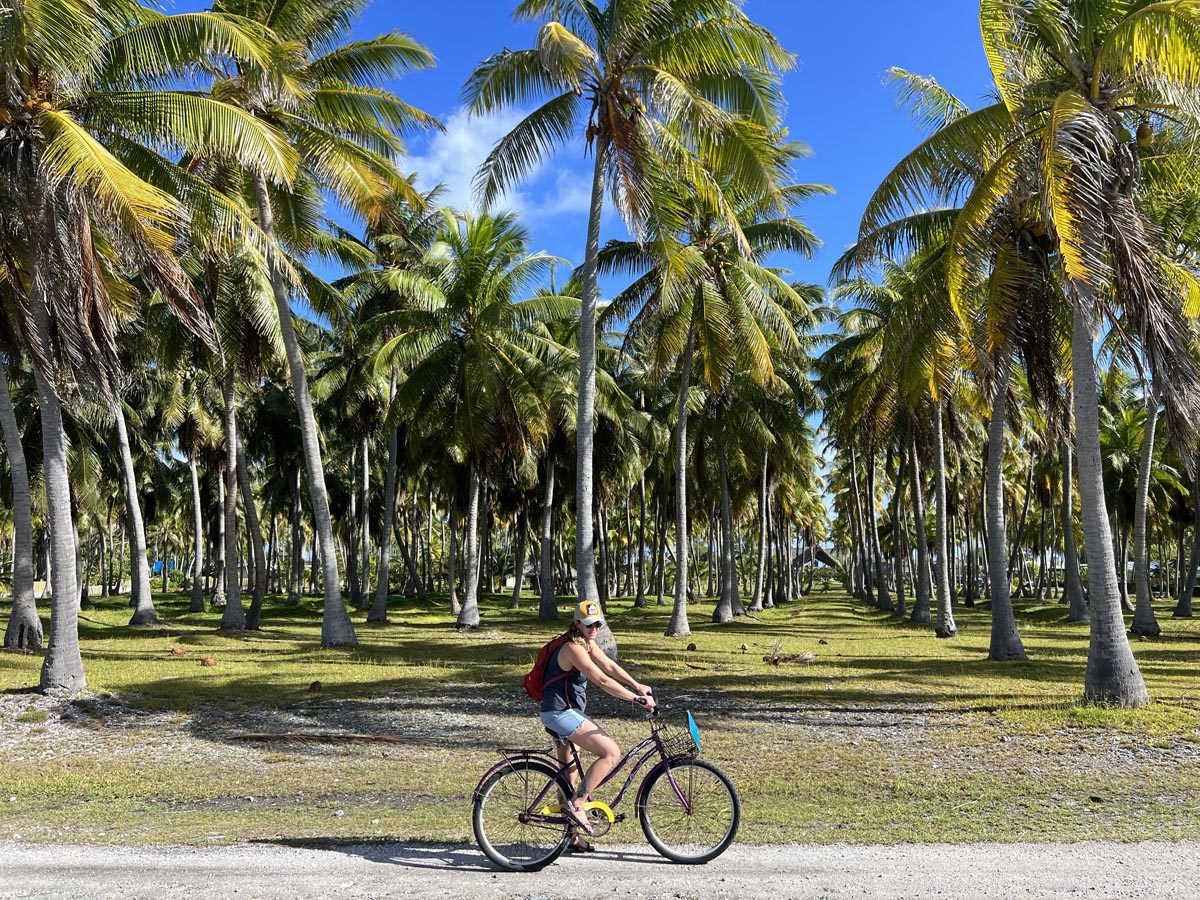
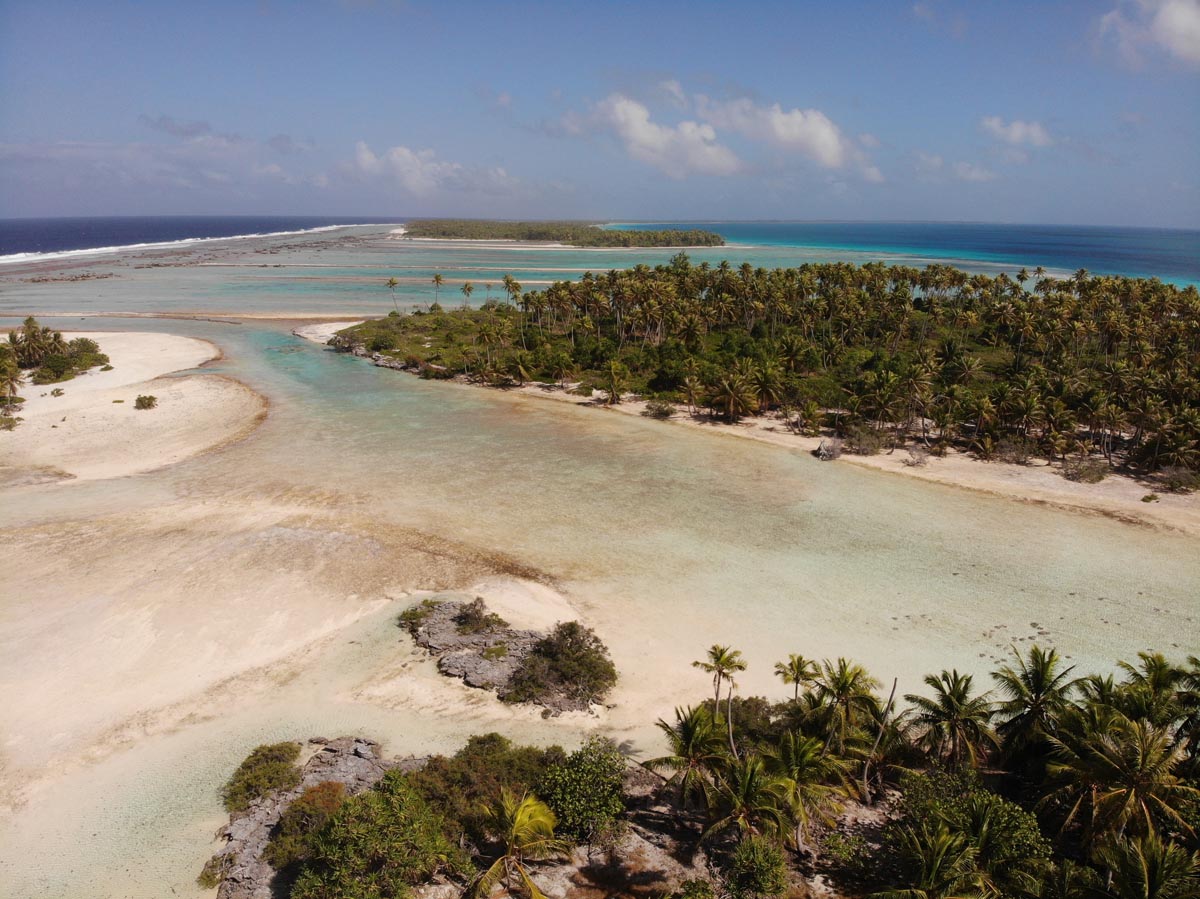
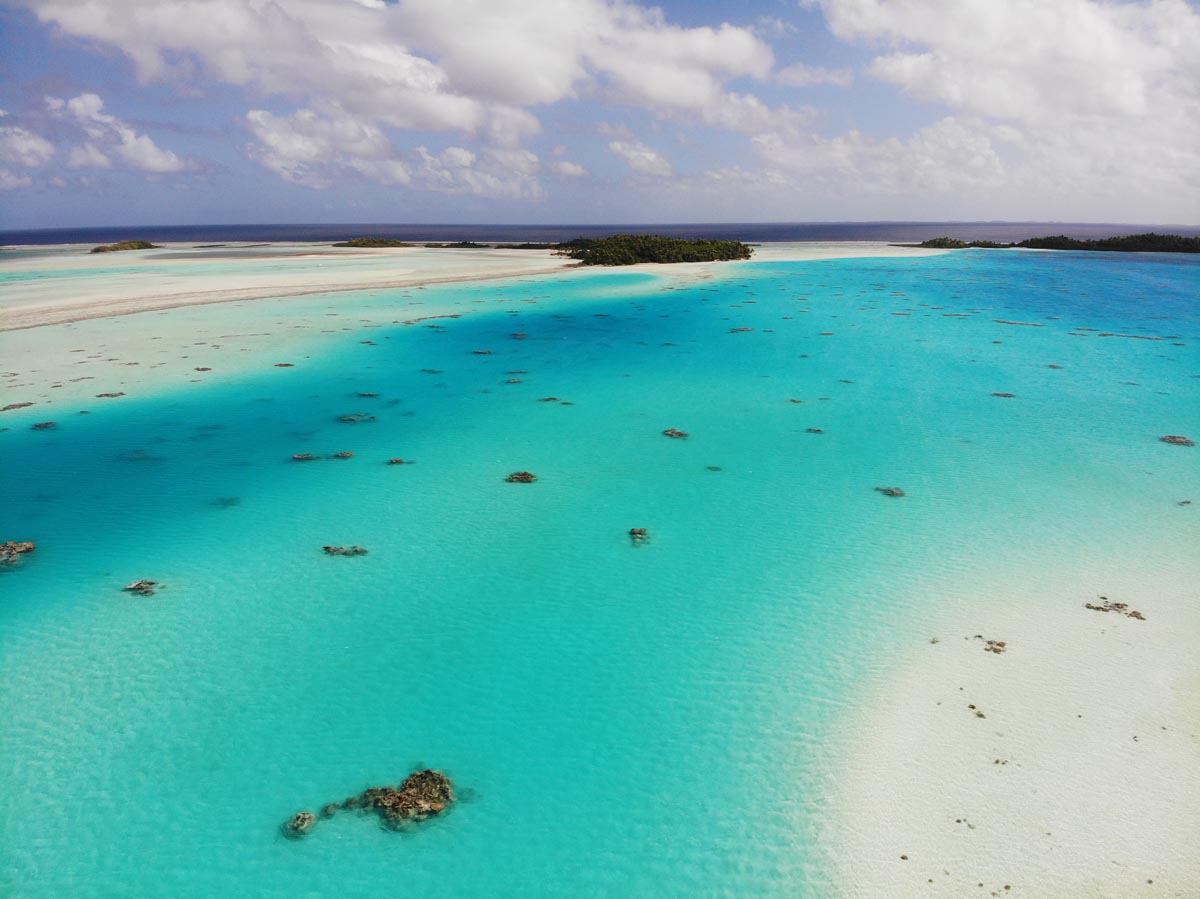
Fakarava
If Rangiroa sounds too busy for you, Fakarava combines world-class diving with a vibe reminiscent of Maupiti. You’ll find fewer “hardcore divers” here and more down-to-earth independent travelers. Fakarava is also “two destinations for the price one”. Fakarava North is where the airport and main village are, while Fakarava South is 60 km away in a remote location near the southern lagoon entrance. Either split your time between the two or base yourself in the north and try heading south on a day trip.
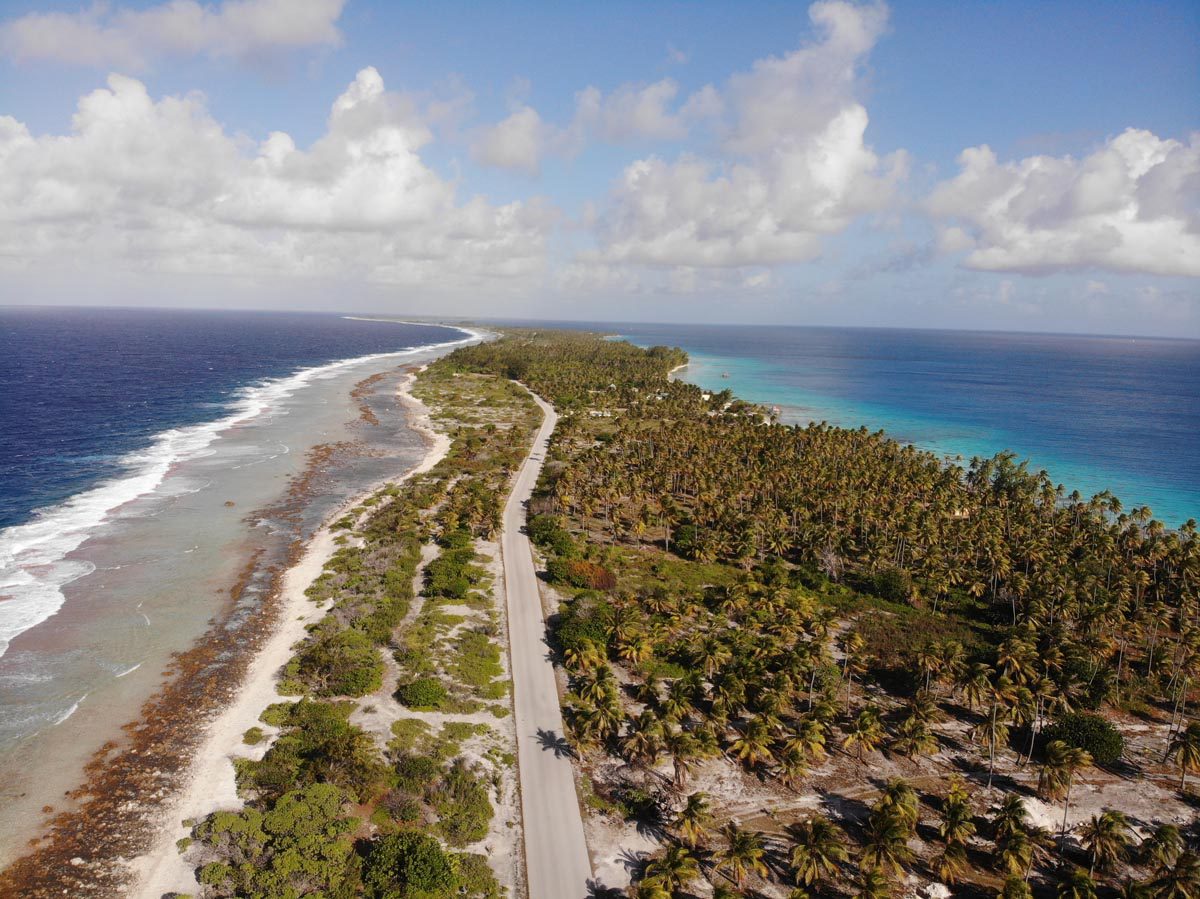
Where to stay in Fakarava North
The most high-end option in the north part of the island is the Havaiki Lodge. This pension has beachfront properties as well as lower-priced options further back. Its location cannot be beaten and its restaurant is open to outside guests. Other solid pensions include Pension Veke Veke (great location), Pension Vaiama, Tokerau Village & Paparara (slightly remote but within cycling distance from the main village), and Kori Kori (very basic). The Fafapiti Lodge is further out but offers great comfort.
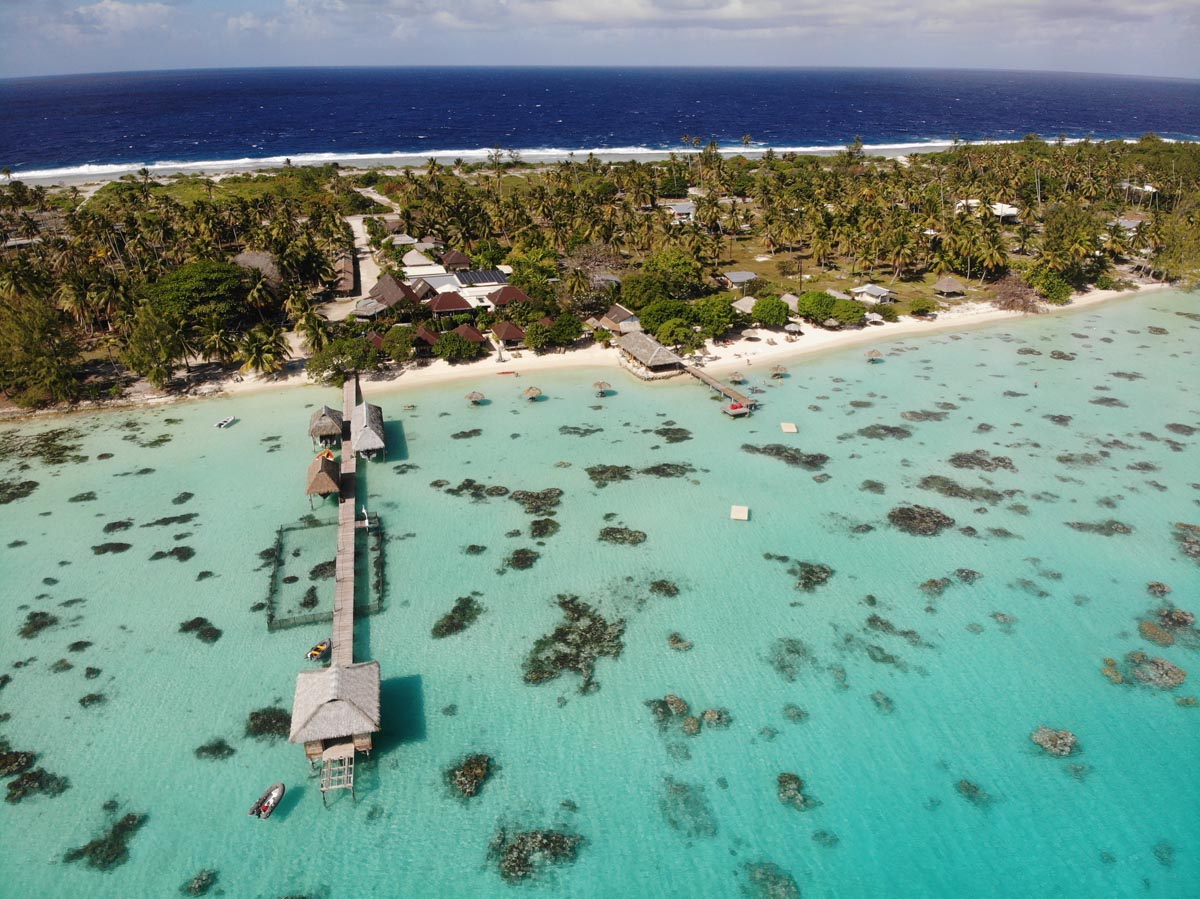
Fakarava North Sightseeing
Scuba diving in the Garuae Pass (the north pass) is the main activity in Fakarava, highlighted by the atoll’s signature “shark walls”, where hundreds of sharks calmly patrol the reef. Apart from sharks, the coral gardens are as healthy as they come and the thrilling drift dives offer an exciting way to finish the dive.
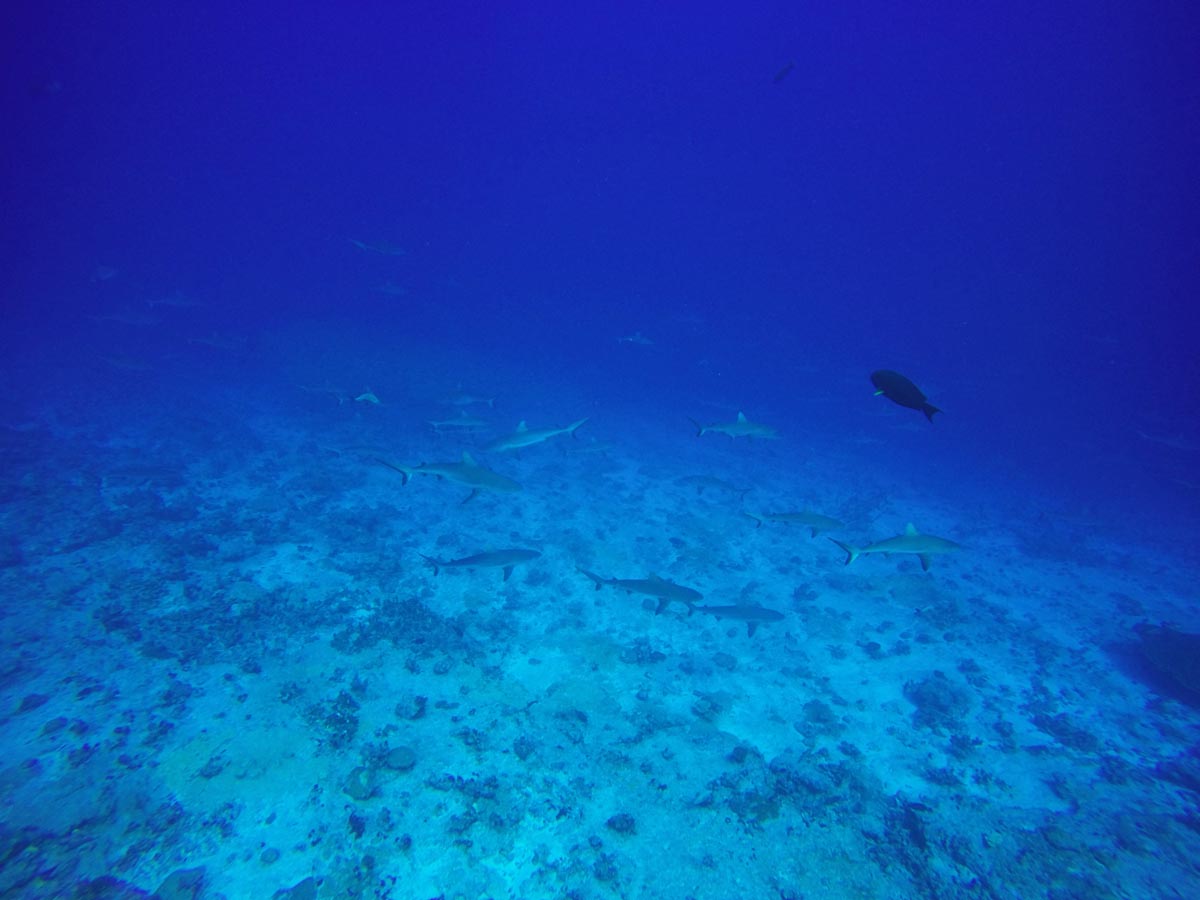
When you’re not diving, grab a bicycle or a scooter and explore the main island. Head to PK9 Beach for the day. This is one of the prettiest beaches you’ll encounter, and it might be all yours for the day. If you’re not staying in Fakarava South, use one of your free days to join a lagoon excursion to the south pass.
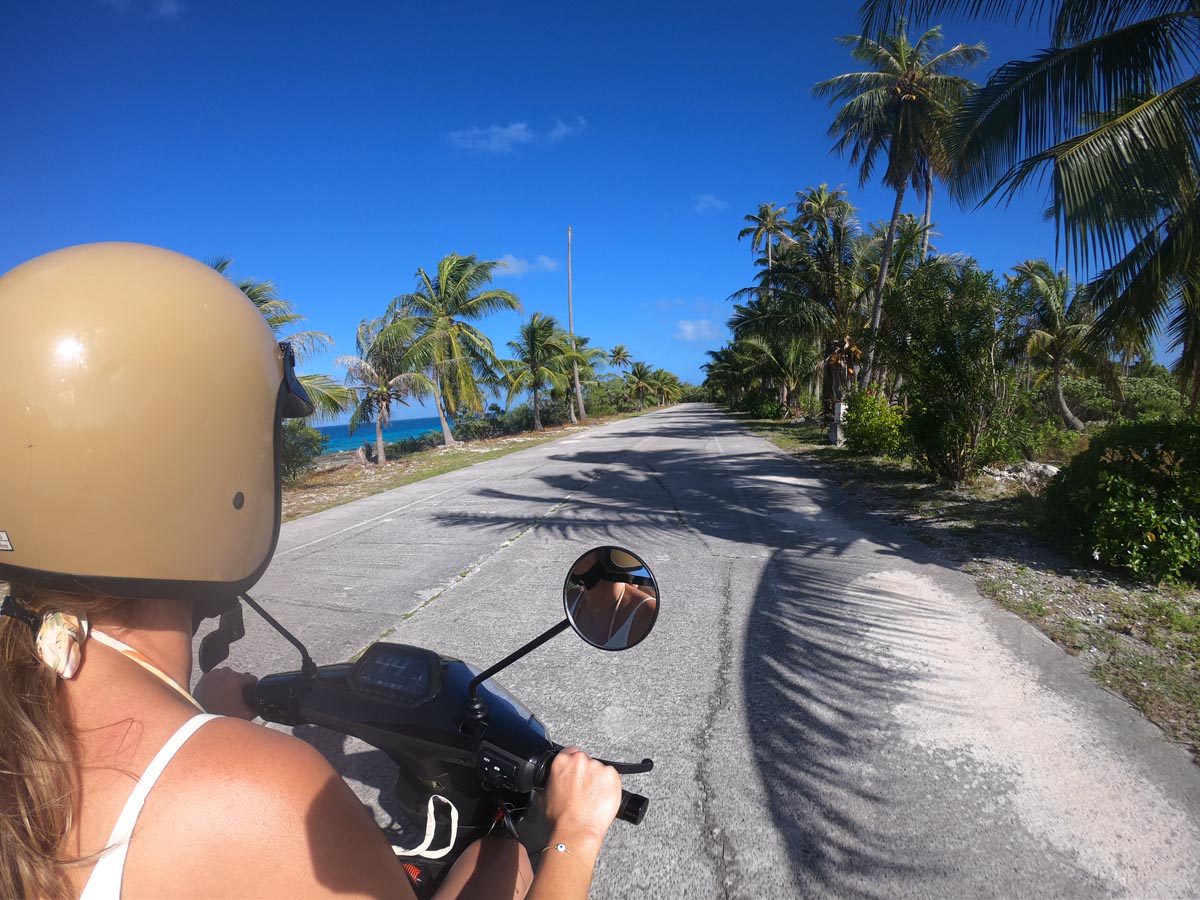
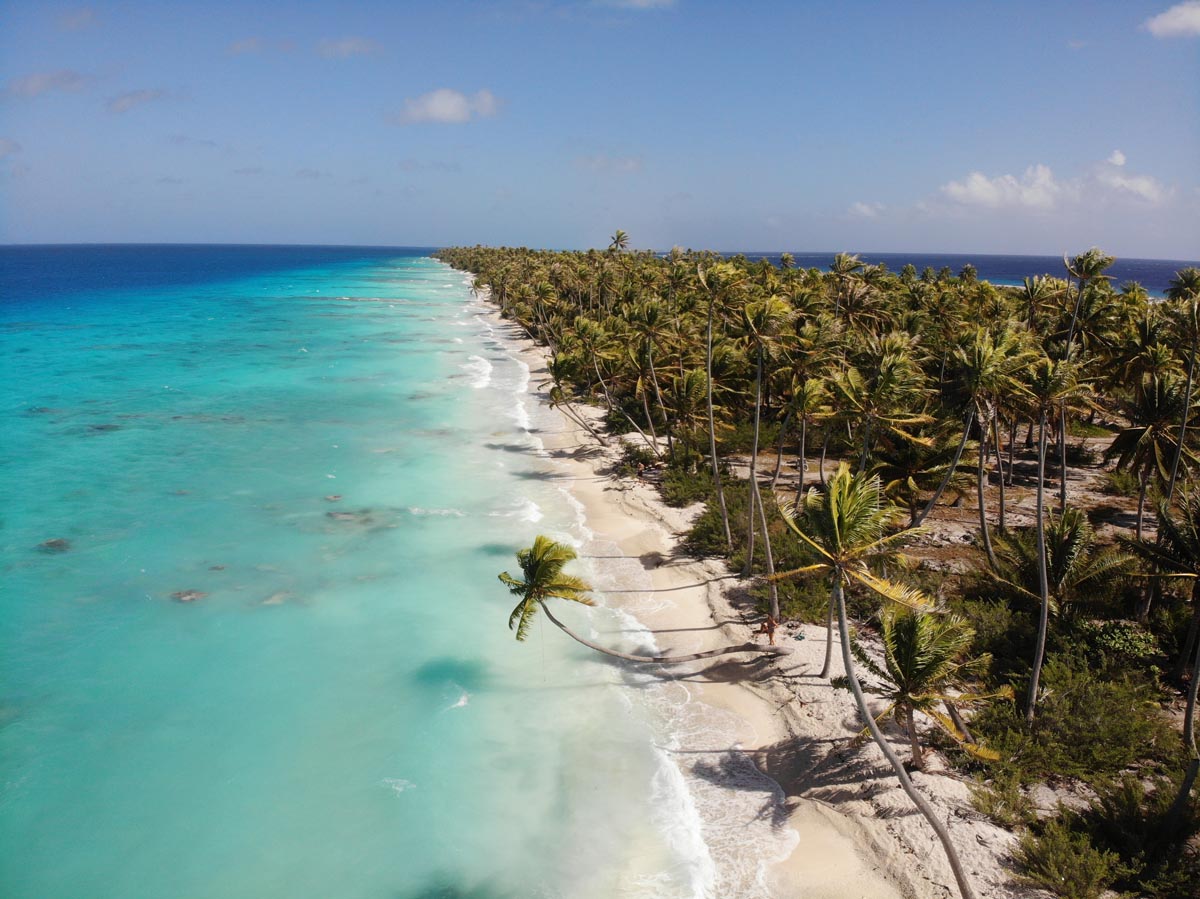
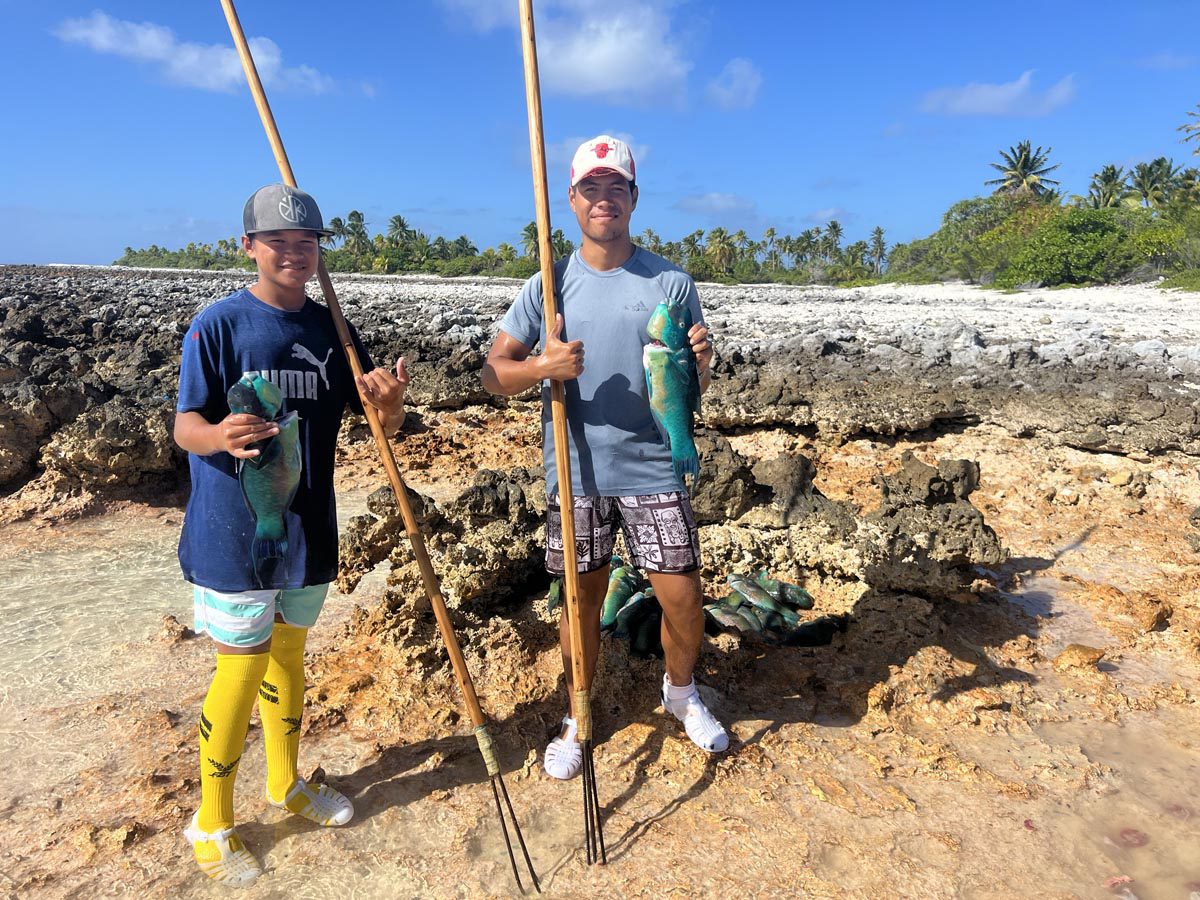
where to stay in Fakarava South
If you’re staying at one of the pensions in the south pass, your hosts will arrange the transfers based on Air Tahiti arrival and departure. By far, the best pension in Fakarava South is Pension Raimiti. I stayed here for a couple of nights during my honeymoon in French Polynesia and wish I had a few more nights to stay here. If there’s no space at Pension Raimiti, check the vacancies at Pension Tetamanu Village and Pension Motu Aito. Due to their remoteness, pensions must be self-sufficient, so don’t expect luxury.
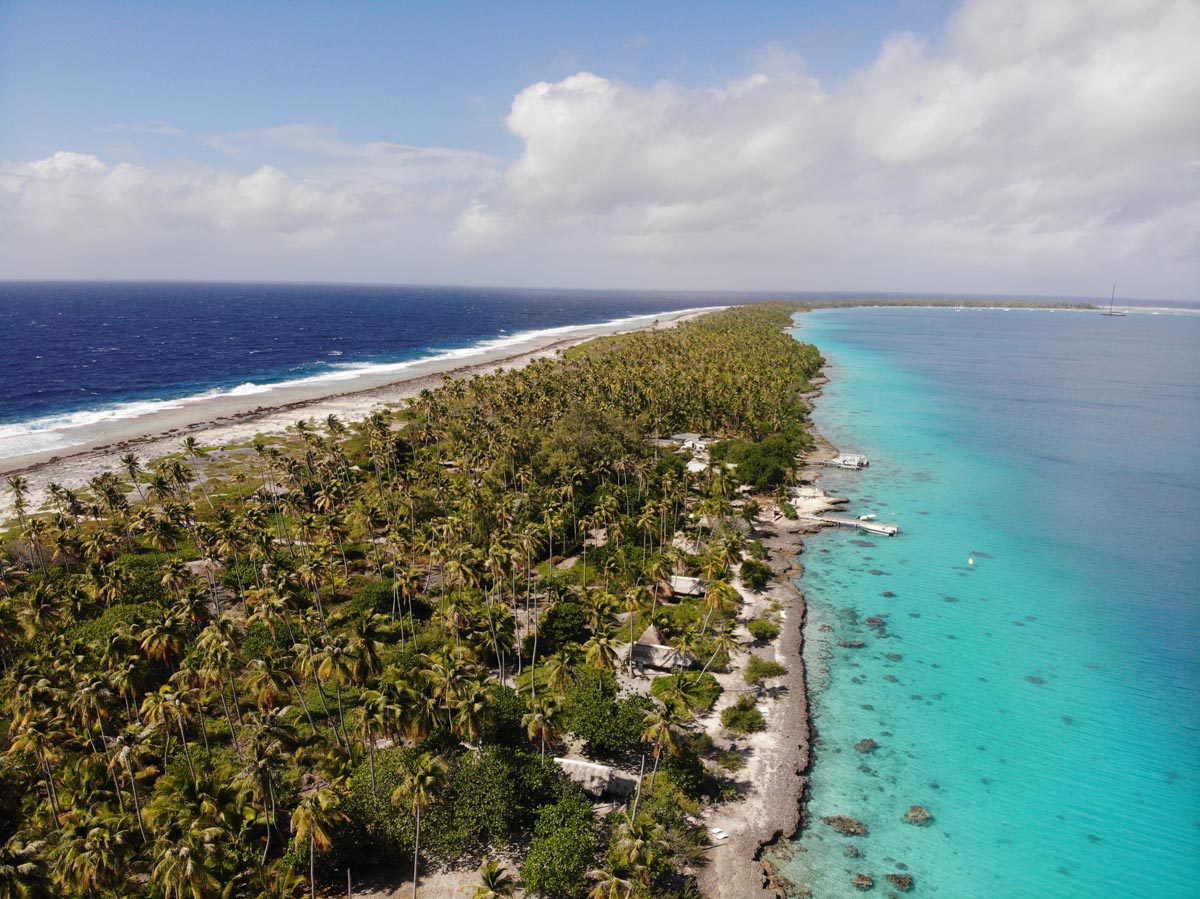
Fakarava south sightseeing
Most travelers base themselves in Fakarava South for scuba diving. The south pass is one of the world’s top dive sites, known for “shark walls” and grouper spawning. When you’re not diving or relaxing in the south’s “stress-free zone”, your pension hosts will take you on a tour of the abandoned Tetamanu Village and the nearby pink sand beaches. You can snorkel from just about anywhere in this part of the atoll.
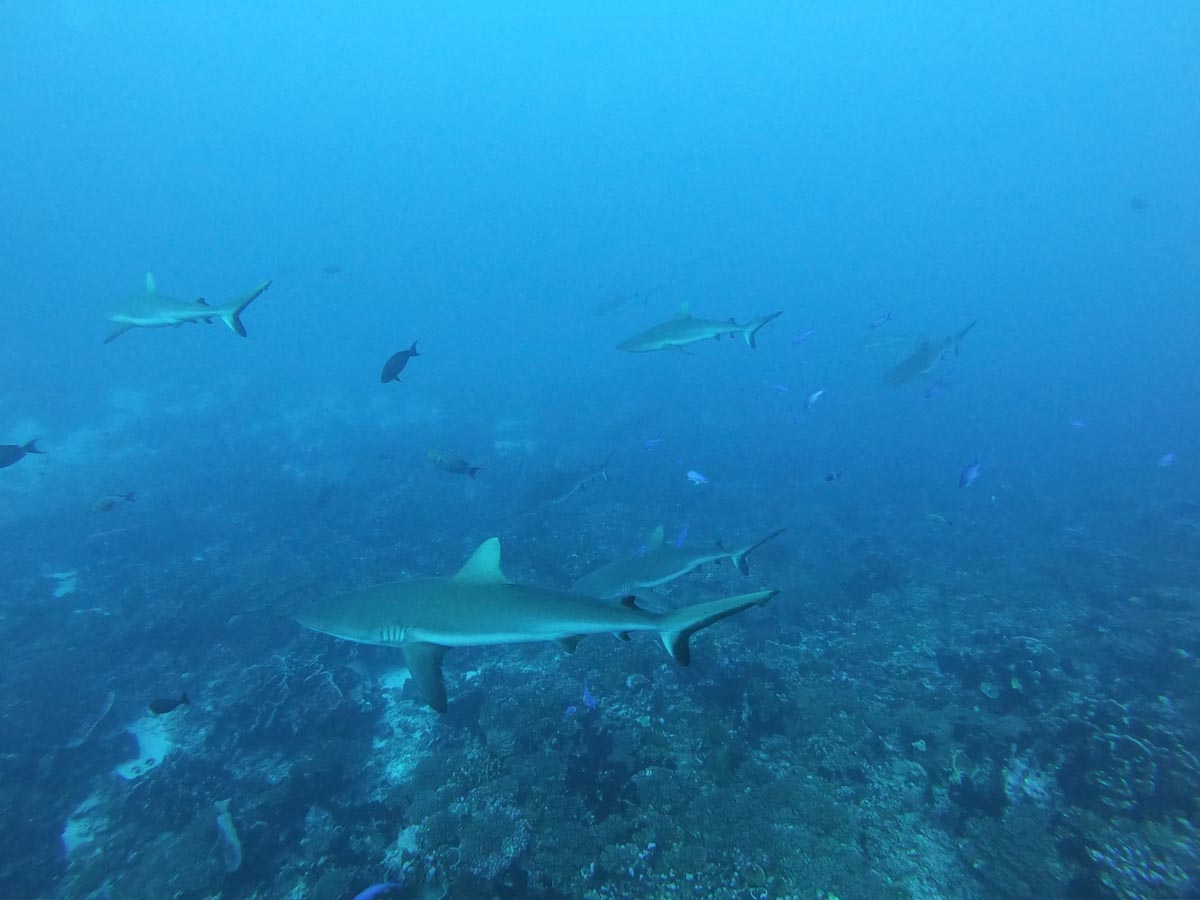
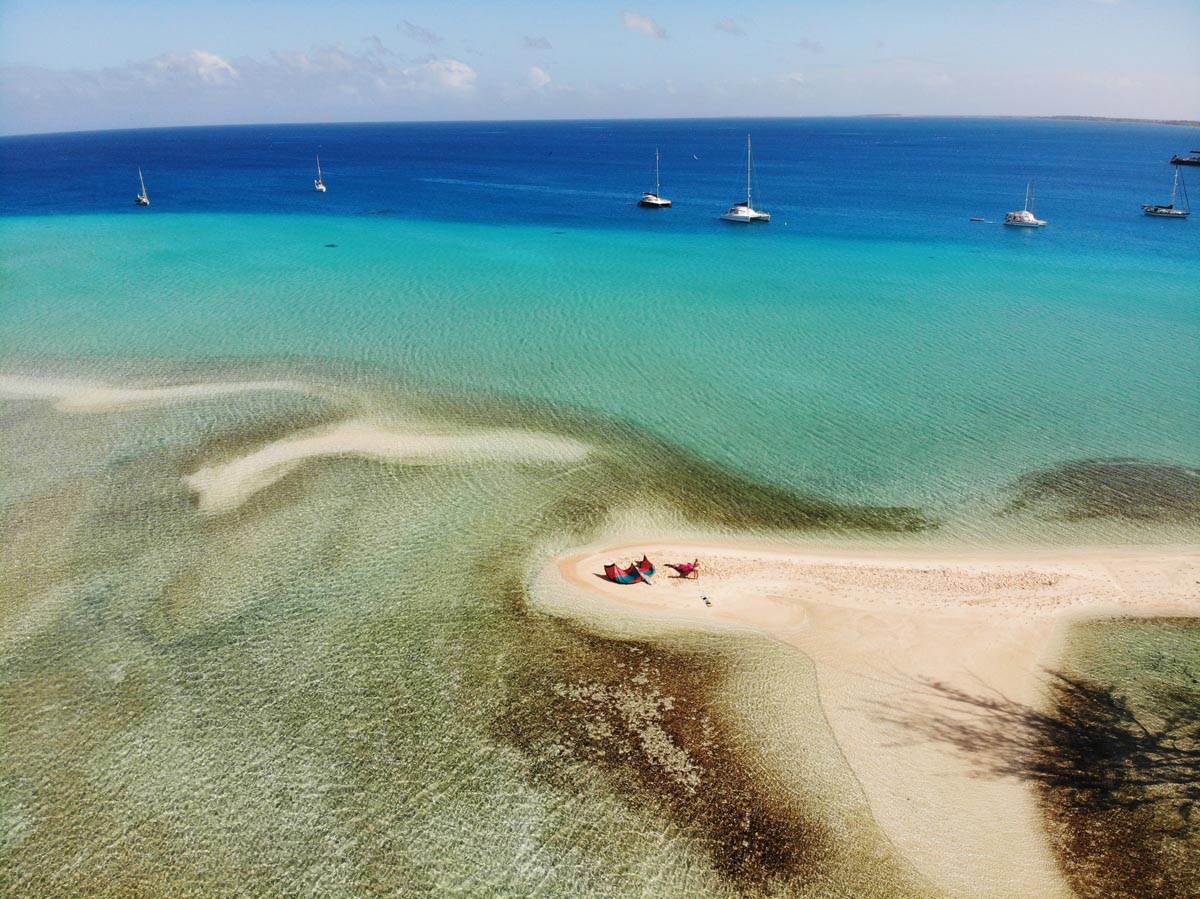
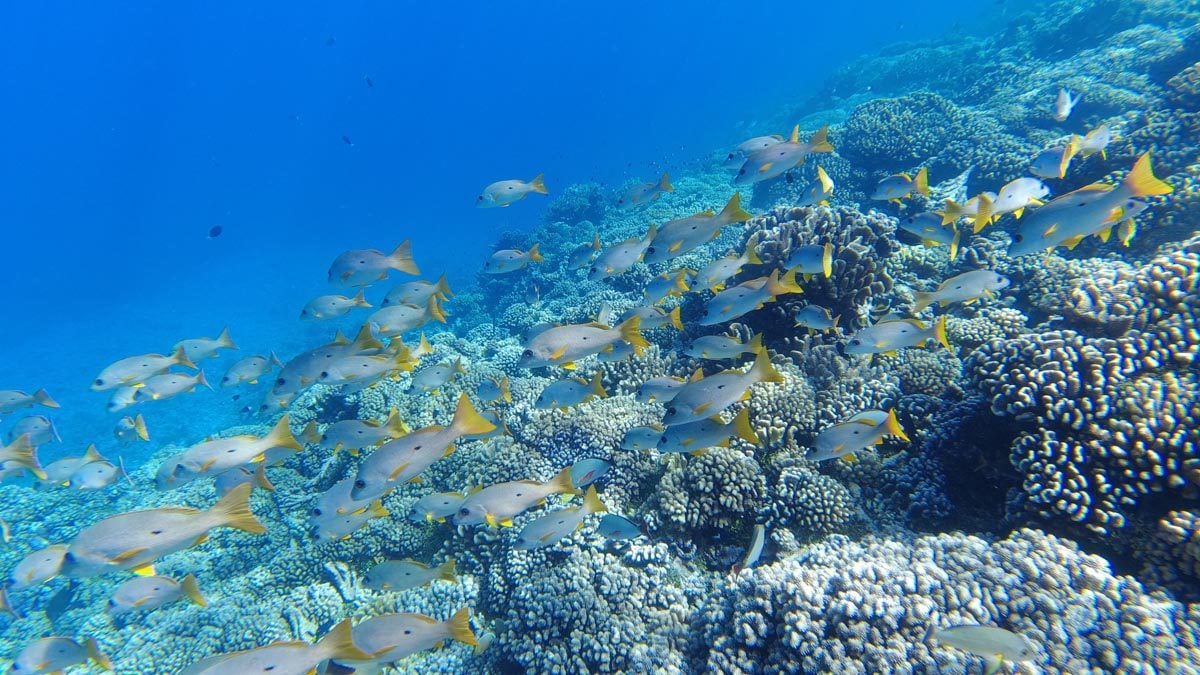
Here’s a sample itinerary for Fakarava, along with a list of the top things to do in Rangiroa & Fakarava.
Tikehau
Meaning “peaceful landing” in the local Puamotu dialect, this is precisely what you’ll get on Tikehau. Much like Fakarava, Tikehau is an ideal scuba diving destination, but there’s also a lot to see and do beyond diving. Tikehau boasts miles of white and pink sand beaches that are relatively easy to access. Its lagoon is filled with attractions that everyone will enjoy, and the laid-back vibe around the main village makes for an ideal setting.
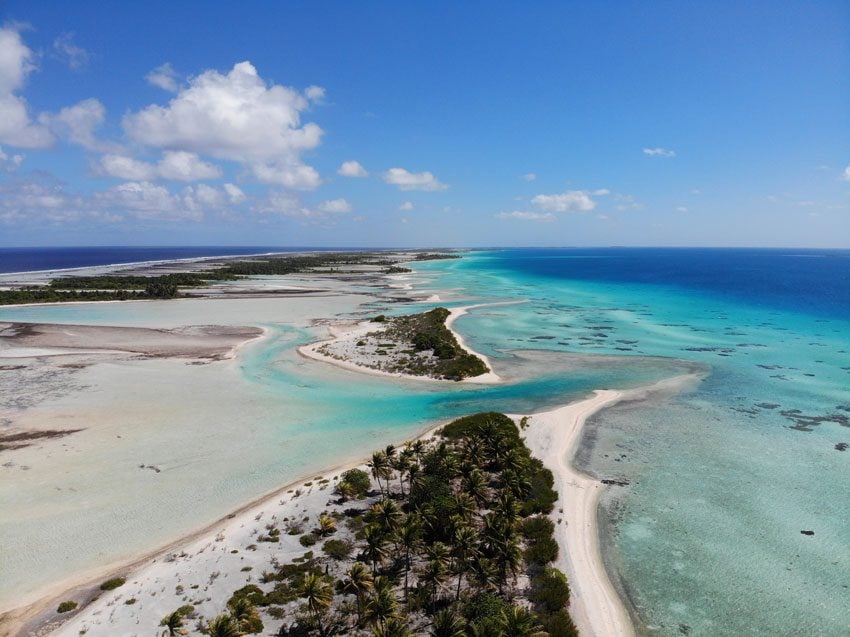
Where to stay in Tikehau
Most accommodations consist of family-owned pensions, but a few high-end resorts are on the island. If you’re seeking luxury, look no further than the Pearl Beach Resort. The resort is located about 20 minutes by boat from the main village and boasts overwater bungalows. On the other end of the airport, the Ninamu Resort is located on a private motu just 10 minutes by boat from the main village.
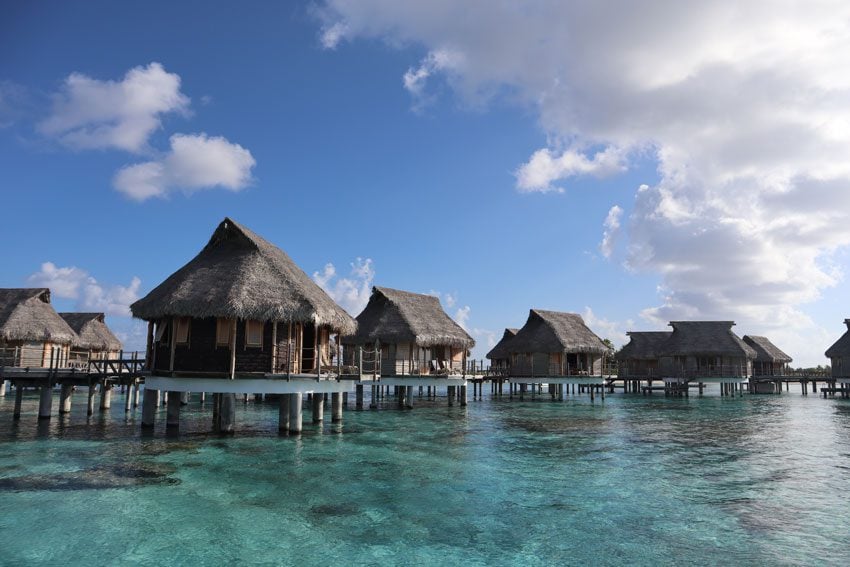
For a pension stay, Tikehau Paradise (formerly the Relais Royal) is the best option for a high-end pension experience. It is located on a motu just across from the main village, but it’s not challenging to cross there and back. Next are the island’s most popular pensions, clustered around a long string of white sand. Worth mentioning are Pension Hotu and especially Tikehau Village, both solid options. Other options in this cluster include Pension Justine and Pension Aito Motel Collette.
Tikehau sightseeing
Like most atolls, scuba diving is the main activity in Tikehau. The island has just one lagoon pass and you can expect to encounter dense schools of fish, nurse sharks, and perhaps even hammerhead sharks. Apart from diving, circle the main motu (islet) on foot or with a bicycle. You’ll enjoy the tranquility of Tikehau and its radiating colors throughout the day. Stop at Coconut Beach and snorkel to lonely sandbanks or the neighboring motu.
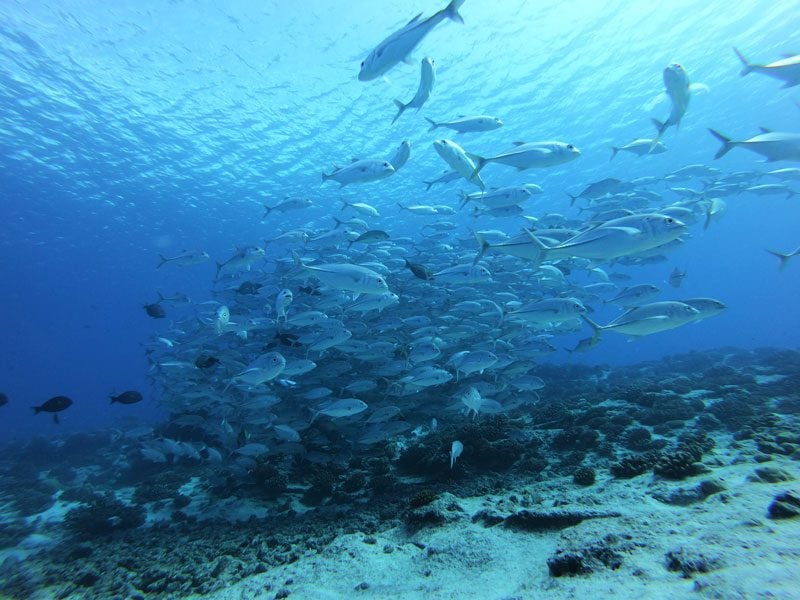
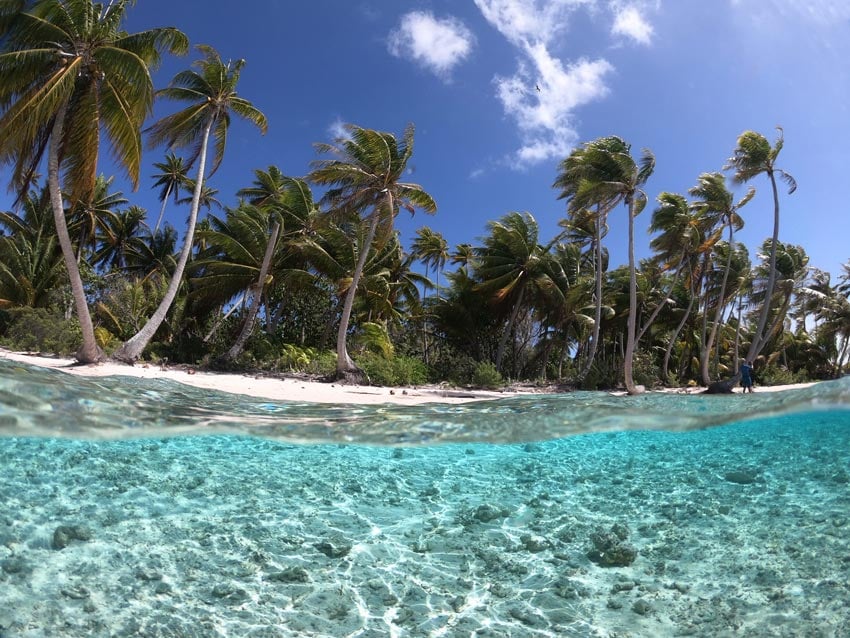
Spending a day exploring Tikehau’s lagoon is simply a must. The tour begins with a visit to the manta ray cleaning station, a tiny islet in the middle of the lagoon that used to house a pearl farm. Under the water, giant manta rays gather every morning to get cleaned before “heading to work” by small fish that feed off the parasites on the manta’s skin. The tour then swings to “Bird Island”, where you’ll be able to get super close to birds nesting in the trees. For lunch, you’ll head to the famous pink sand beaches.
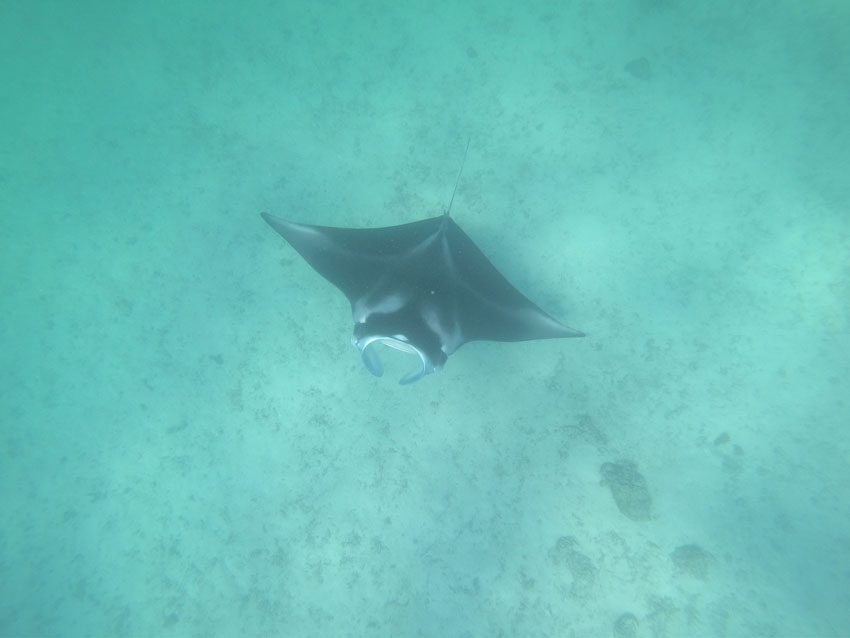
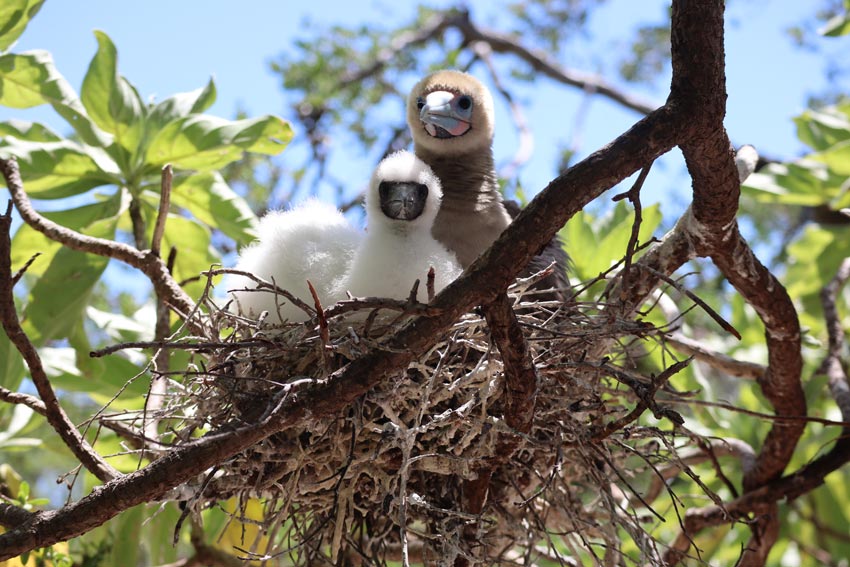
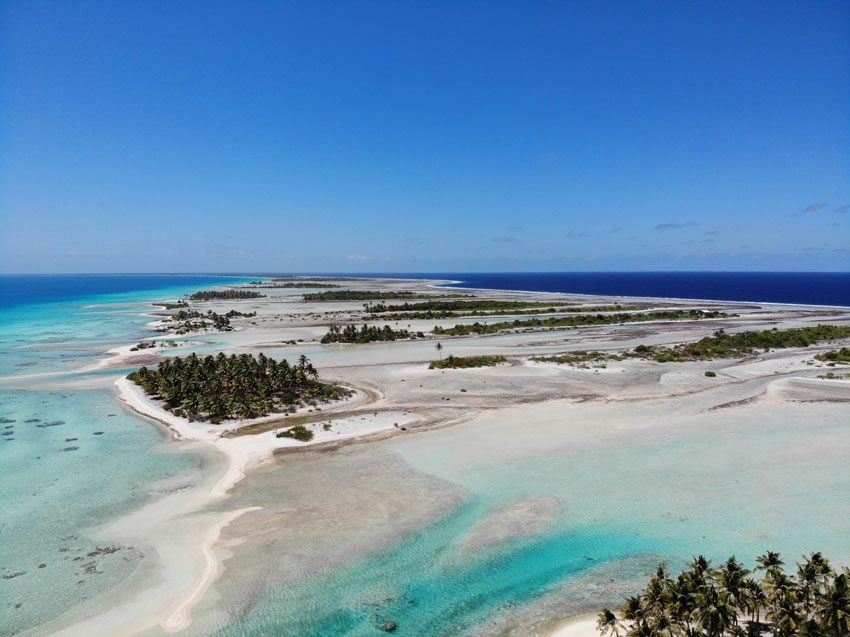
Here’s a sample itinerary for Tikehau, along with a list of the top things to do in Tikehau.
